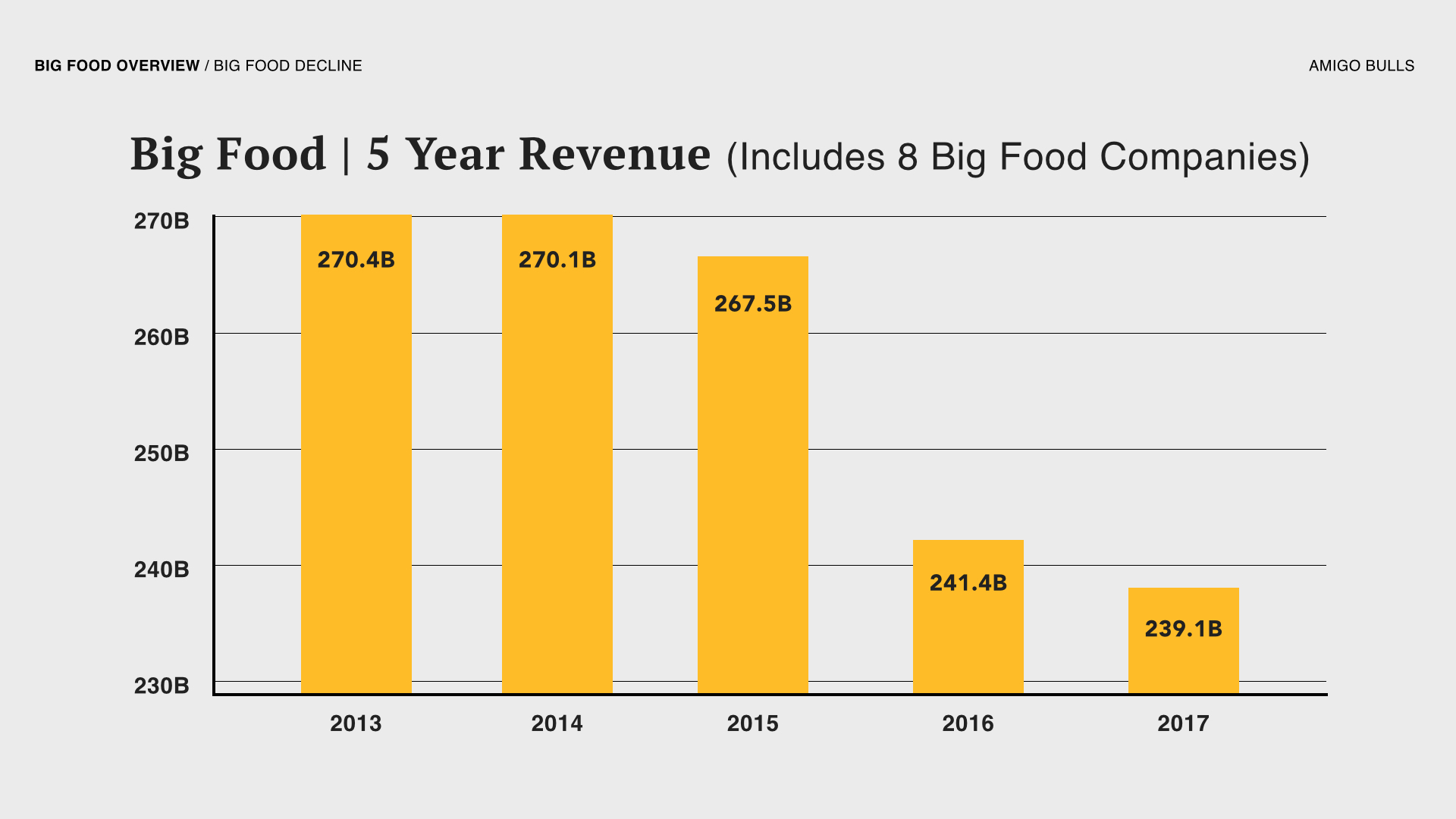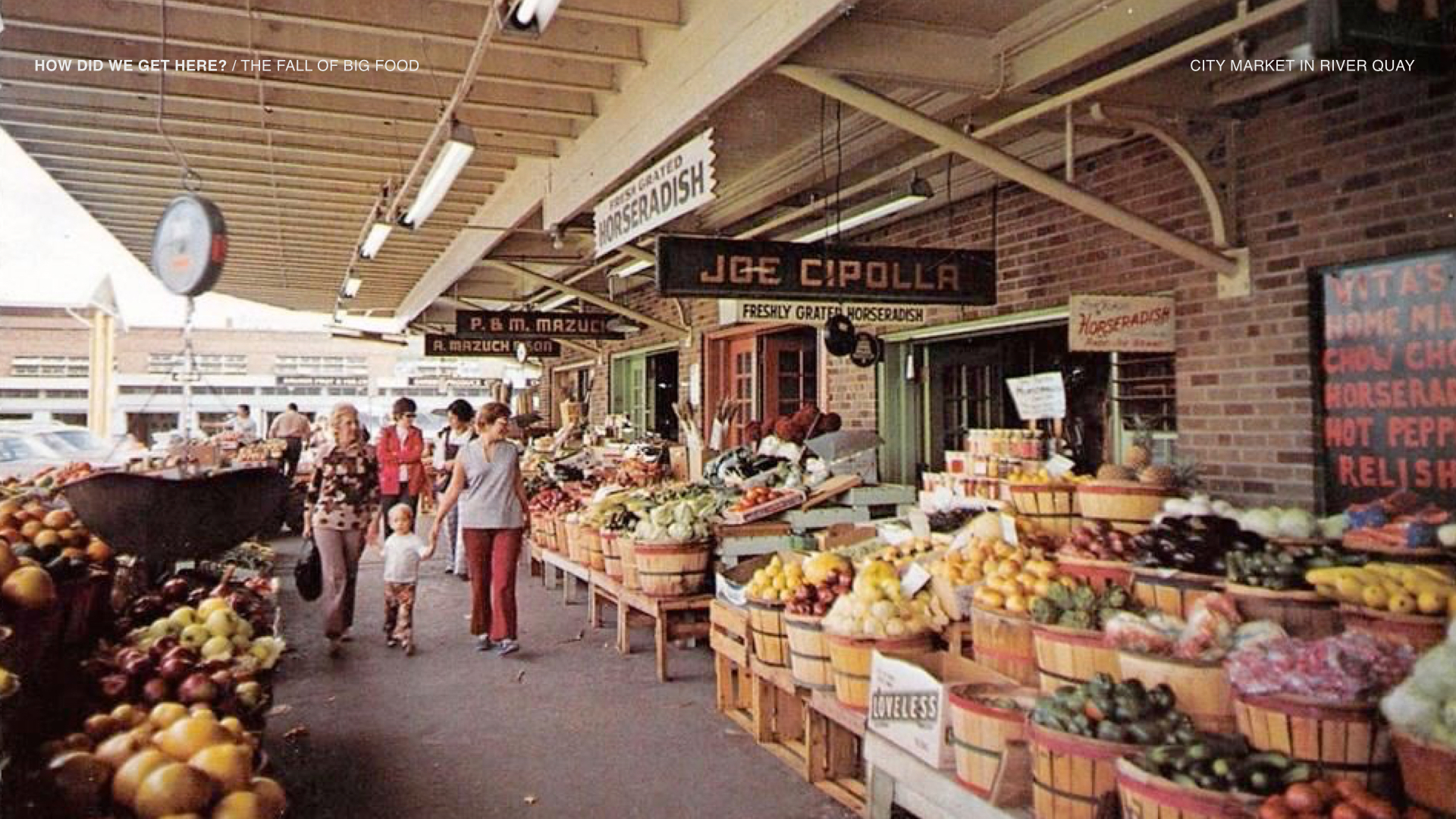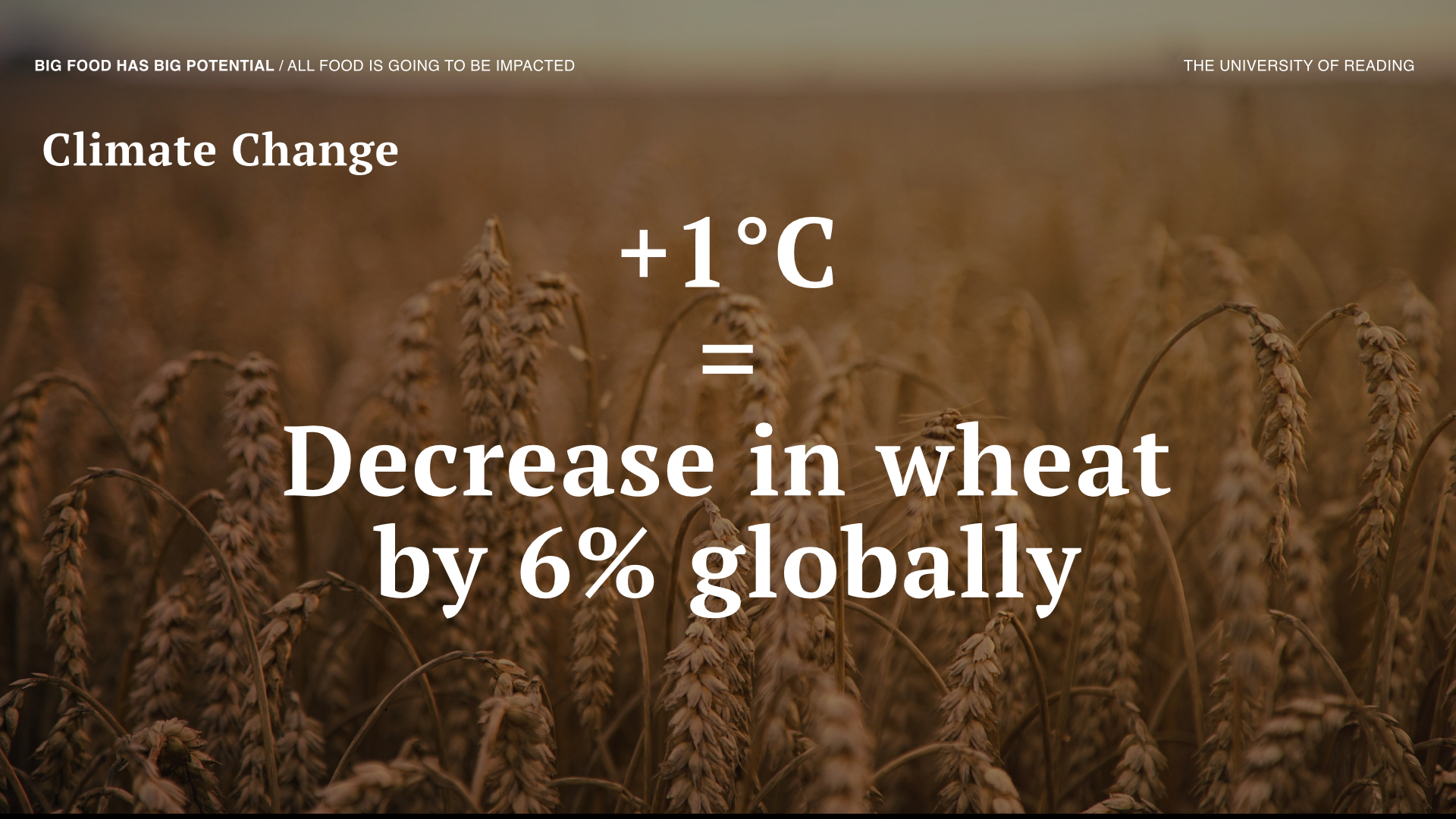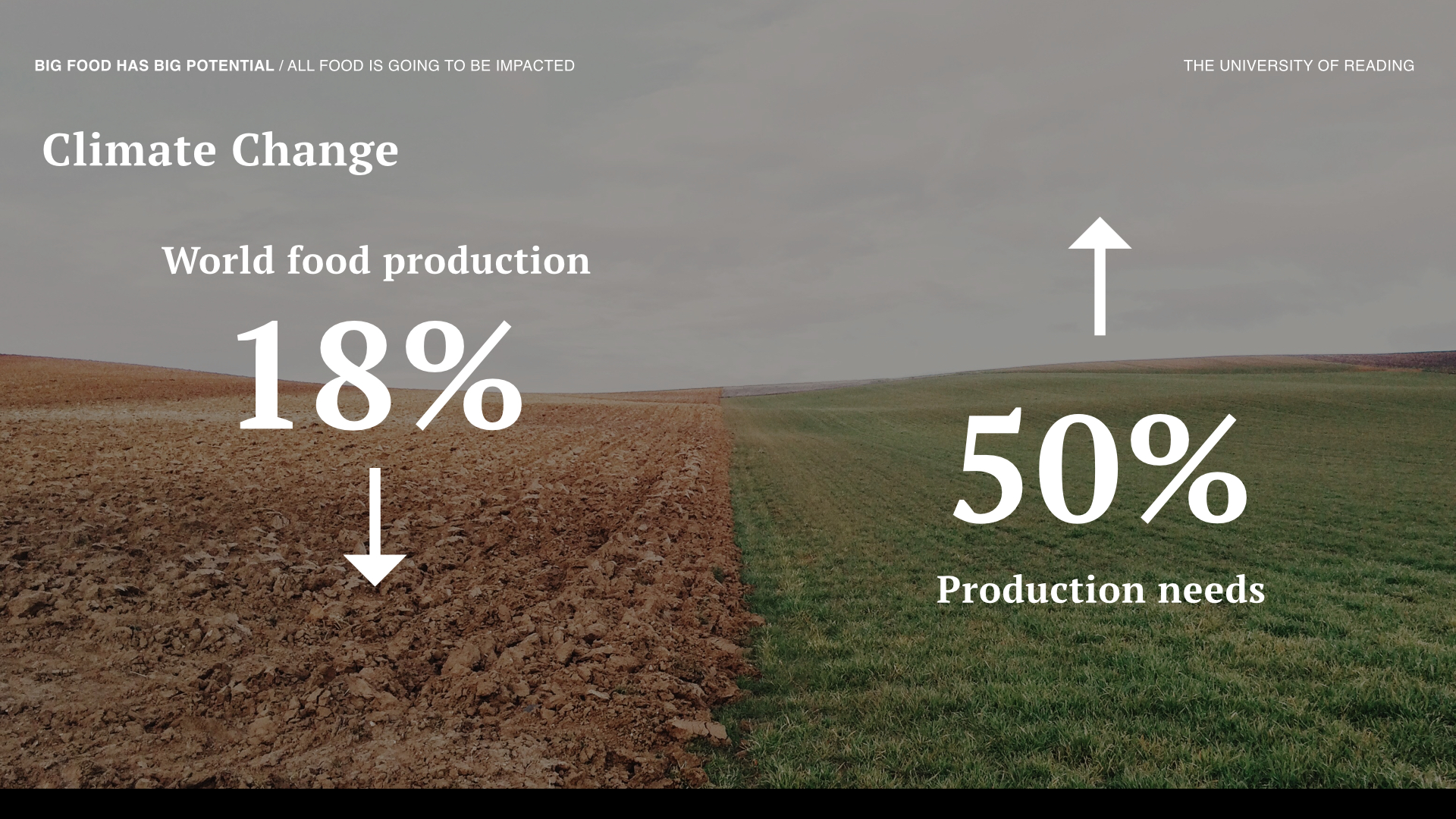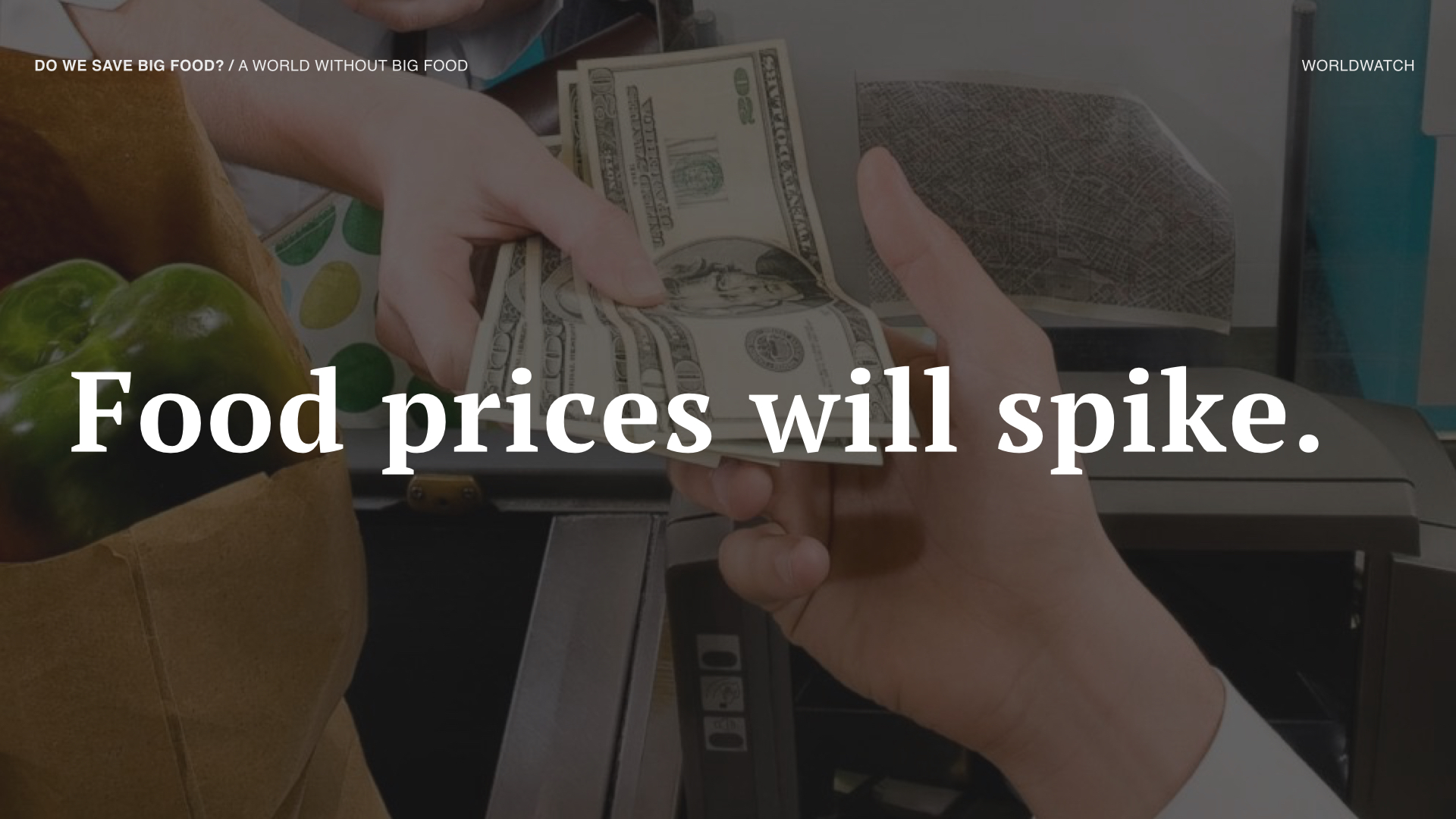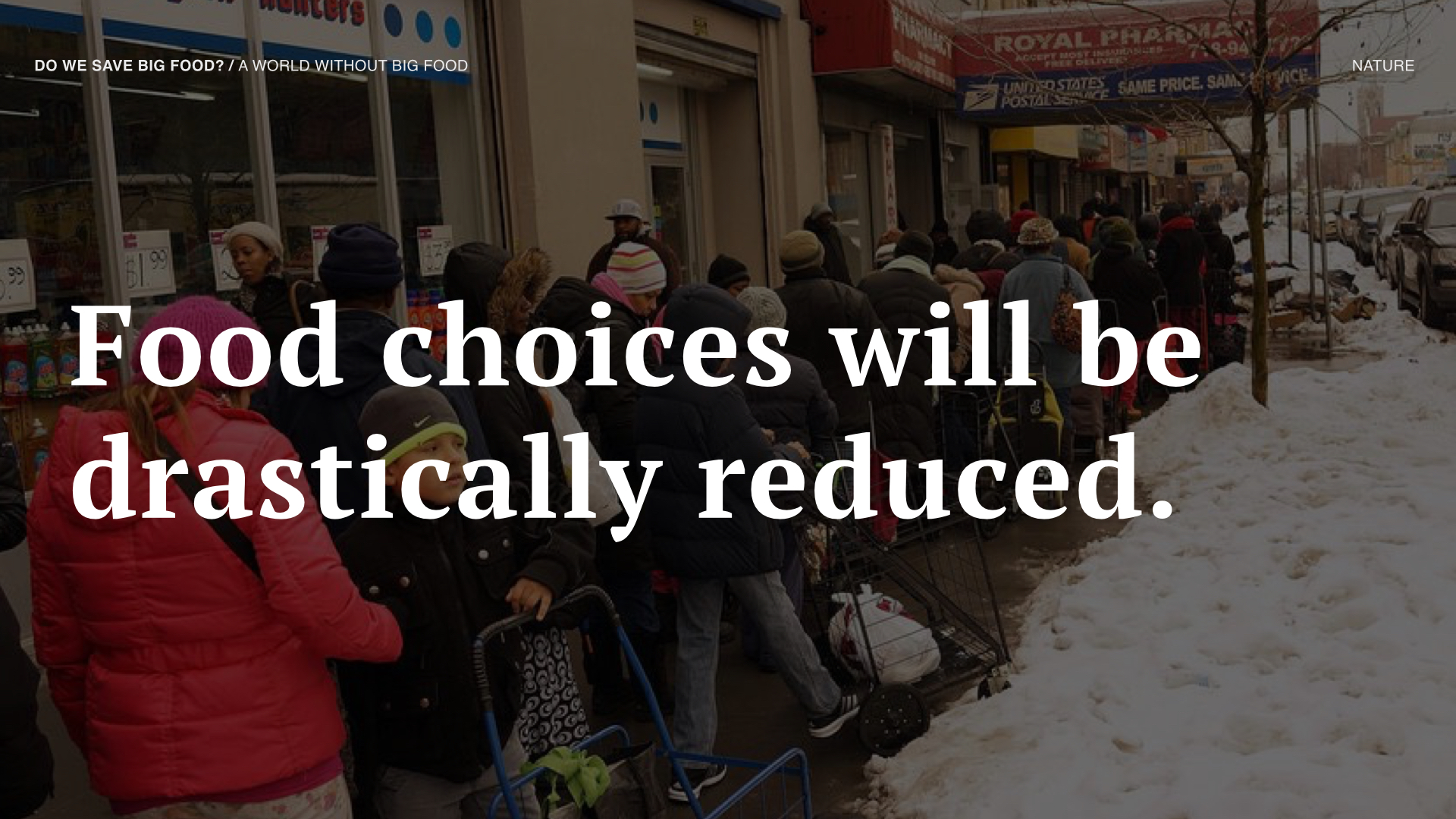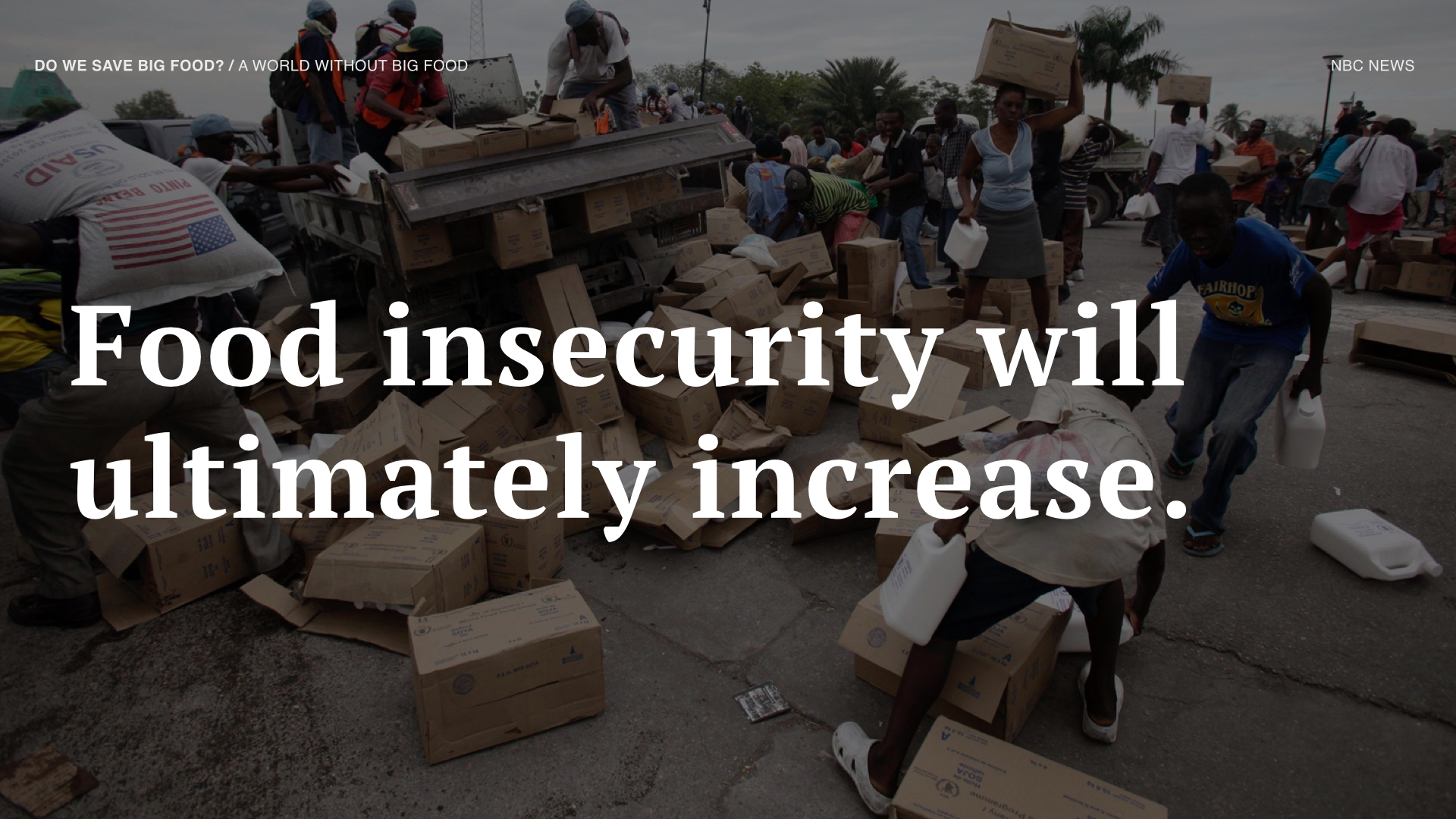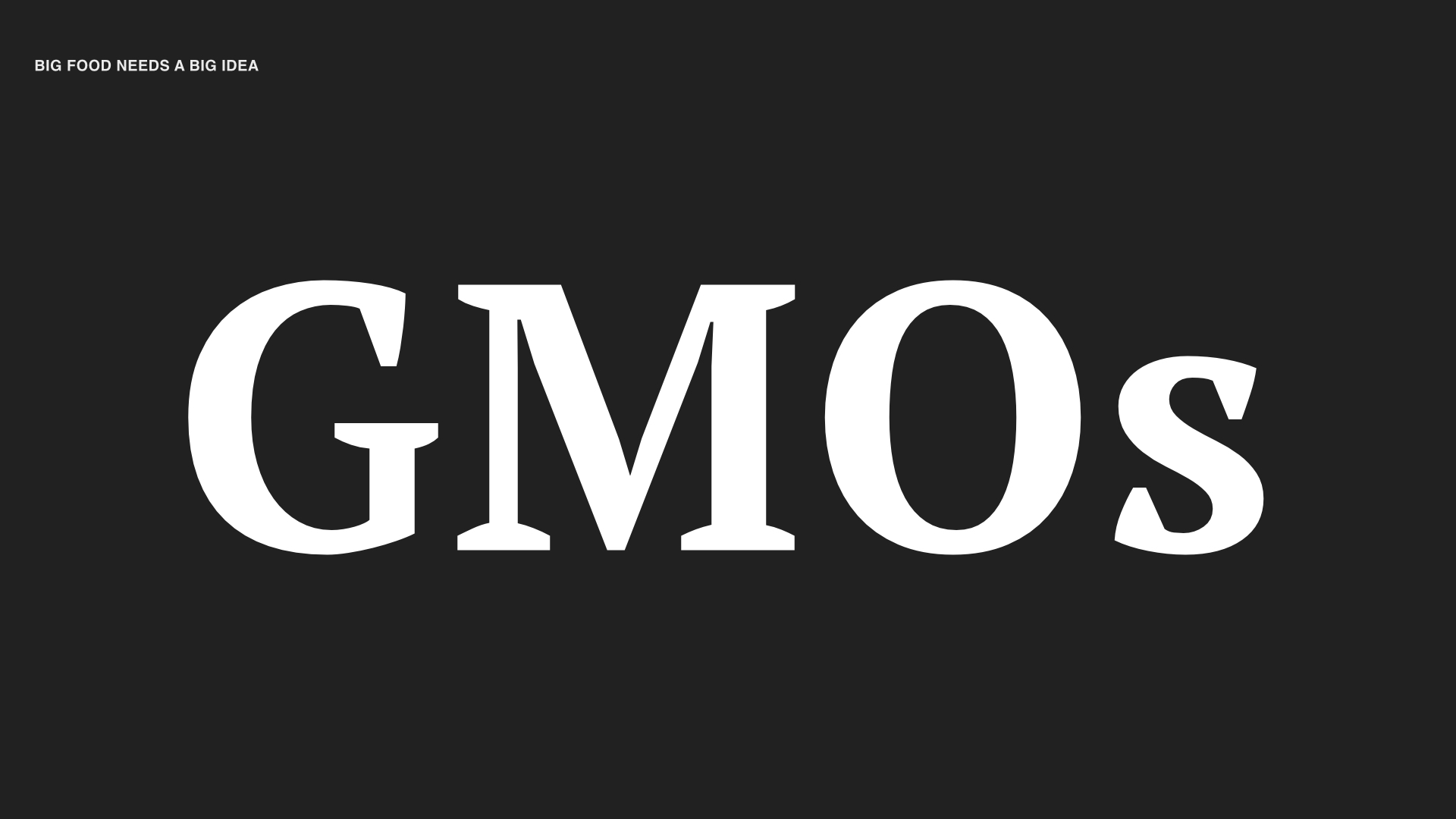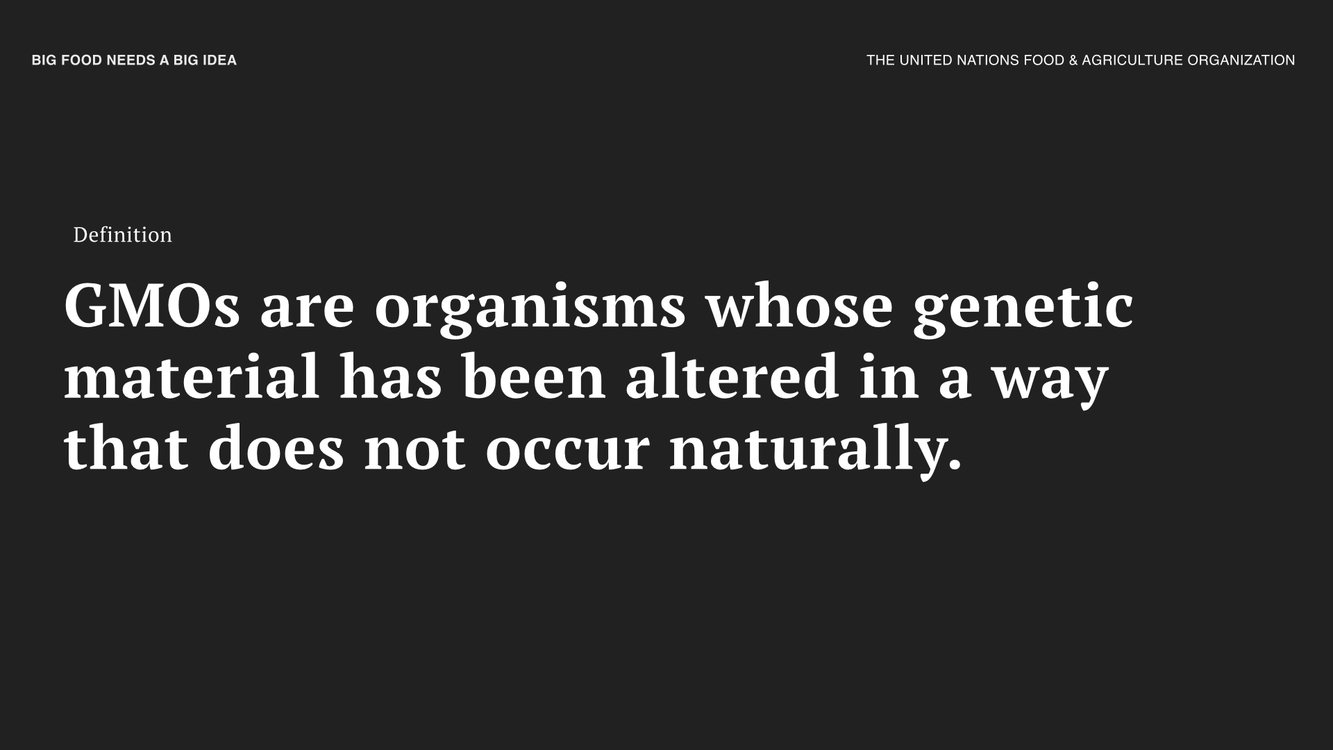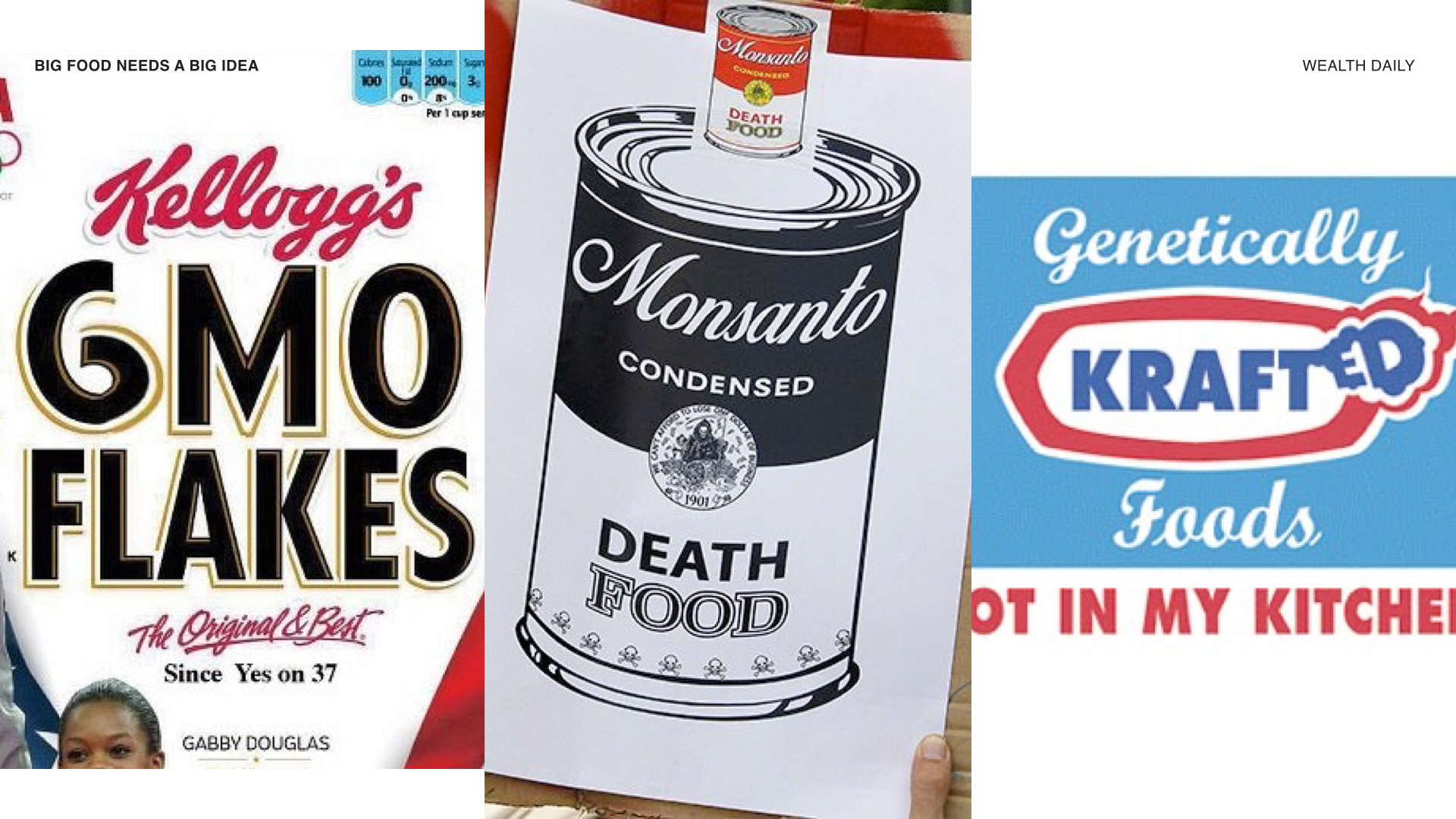BRANDING MASTERS THESIS
Repositioning Big Food
CONTEXT
Big Food companies have been facing critical decline in their business. After decades of making food more accessible and more affordable for people, they continue to see a loss of relevance with culture.
As a team of Masters in Branding students, our thesis had to propose solutions to help Big Food become relevant with culture again
This thesis explores the American food industry through the lens of history, culture, science and technology to propose a strategic Big Idea to save Big Food.
INDEX
PART 1
Big Food Overview
What is Big Food?
Big Food's Big Strengths
Market Share
Distribution
Operation
Who Eats Big Food?
Financial Overview
Stock Value
Share Price
S&P 500
5 Year Revenue
Industry Growth Rate
How Did We Get Here?
The Rise of Big Food
History of Kellogg's, Campbell's and Kraft Heinz
Innovation for Improvement
Food for All
American Icons in Making
The Fall of Big Food
The Rise of Farm-to-Table Movement
The Growth of Farmers Market
The Birth of the Non-GMO Project
The Current State
The New Healthy
Timeline of Food Villains
The Labelling Protests
The Shelf War
The Future of Food
Population Growth
Climate Change
Should We Save Big Food?
Imagining a World Without Big Food
PART 2
Follows Below.
GETTING STARTED
Big Food Overview
For the purpose of our thesis, we have studied 8 Big Food companies.
And what we found were big strengths; scale and reach, distribution, and manufacturing.
But what about their consumer? Who eats Big Food?
We discovered 3 groups of people: Those who eat Big Food 'All-the-Time', 'Sometimes' and 'Rarely'.
'All-The-Time' consumers spend 60% of money on food that is highly-processed.
62% of Americans are 'Sometimes' Consumers, they snack to satisfy their craving.
And, a rarely consumer, thinks that I don't eat Big Food, but I do. 30% of my calories are from processed food.
Americans continue to be the leaders in the consumption of processed food. If Americans are still eating Big Food, we would assume they'd be doing great...
But let's see what the reality tells us.
Big Food is in big trouble. The Big Food companies have fallen off the supermarket shelves and continue to lose market share.
Big Food is literally starving.
So, How Did We Get Here?
To understand how we got here we needed to investigate three brands that have stood the test of time – Campbell’s, Kellogg’s, and Kraft Heinz.
Enter the rise of Big Food.
Over the last century these Big Food brands have continued to find a place our heart – but lately, they haven’t been settling so well in our stomachs.
Let’s take a look back into the glory days of Big Food.
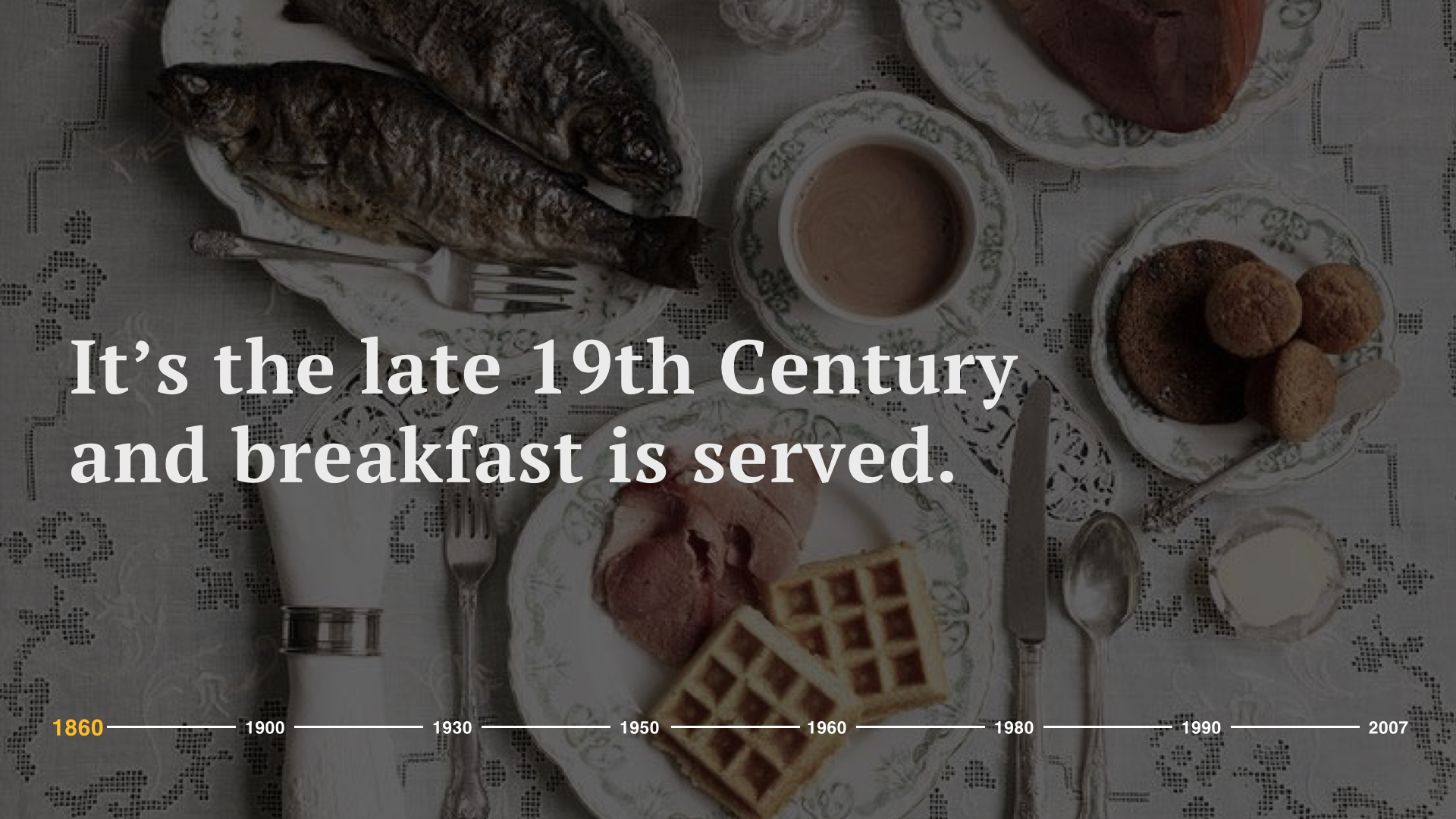
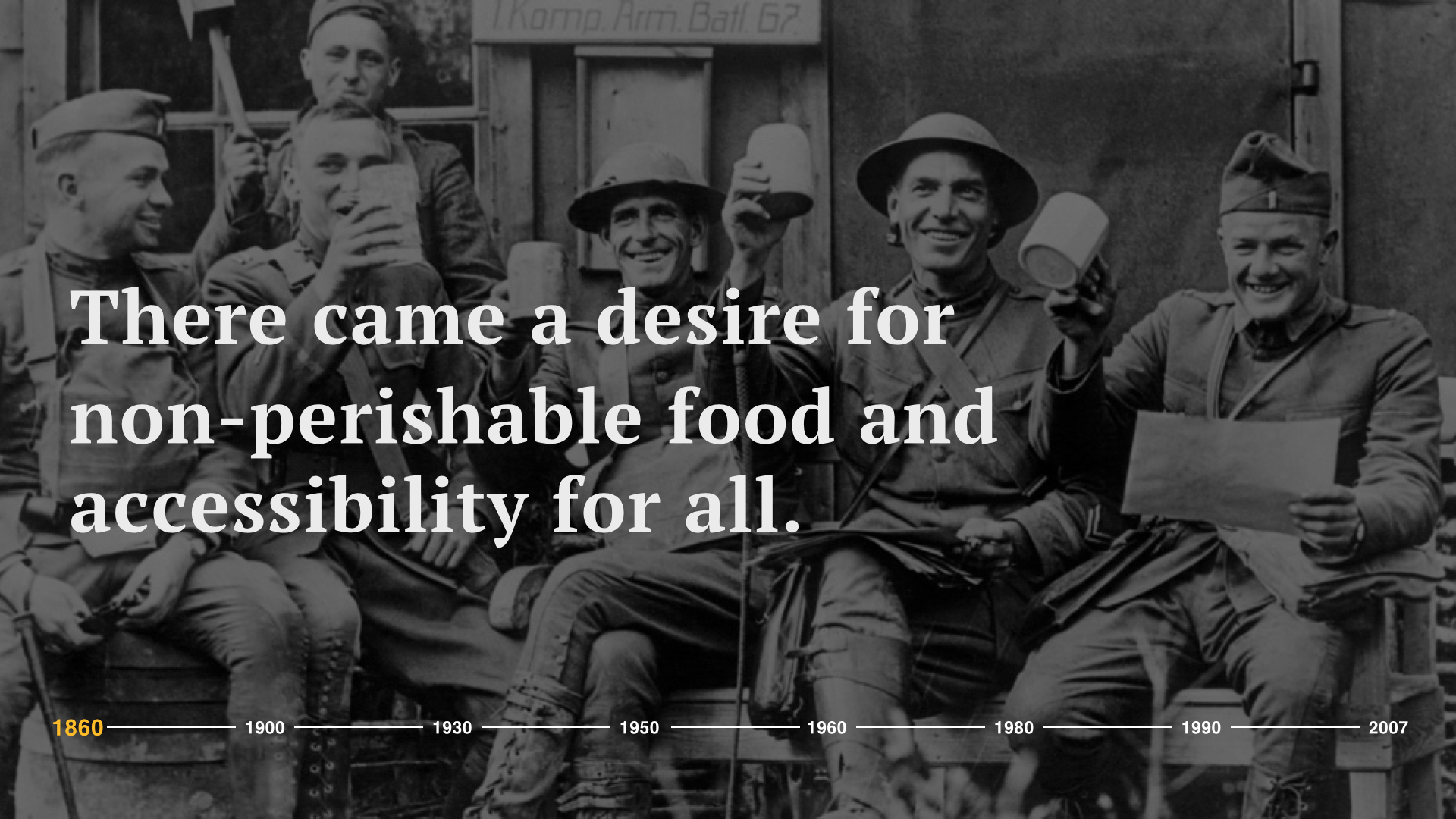

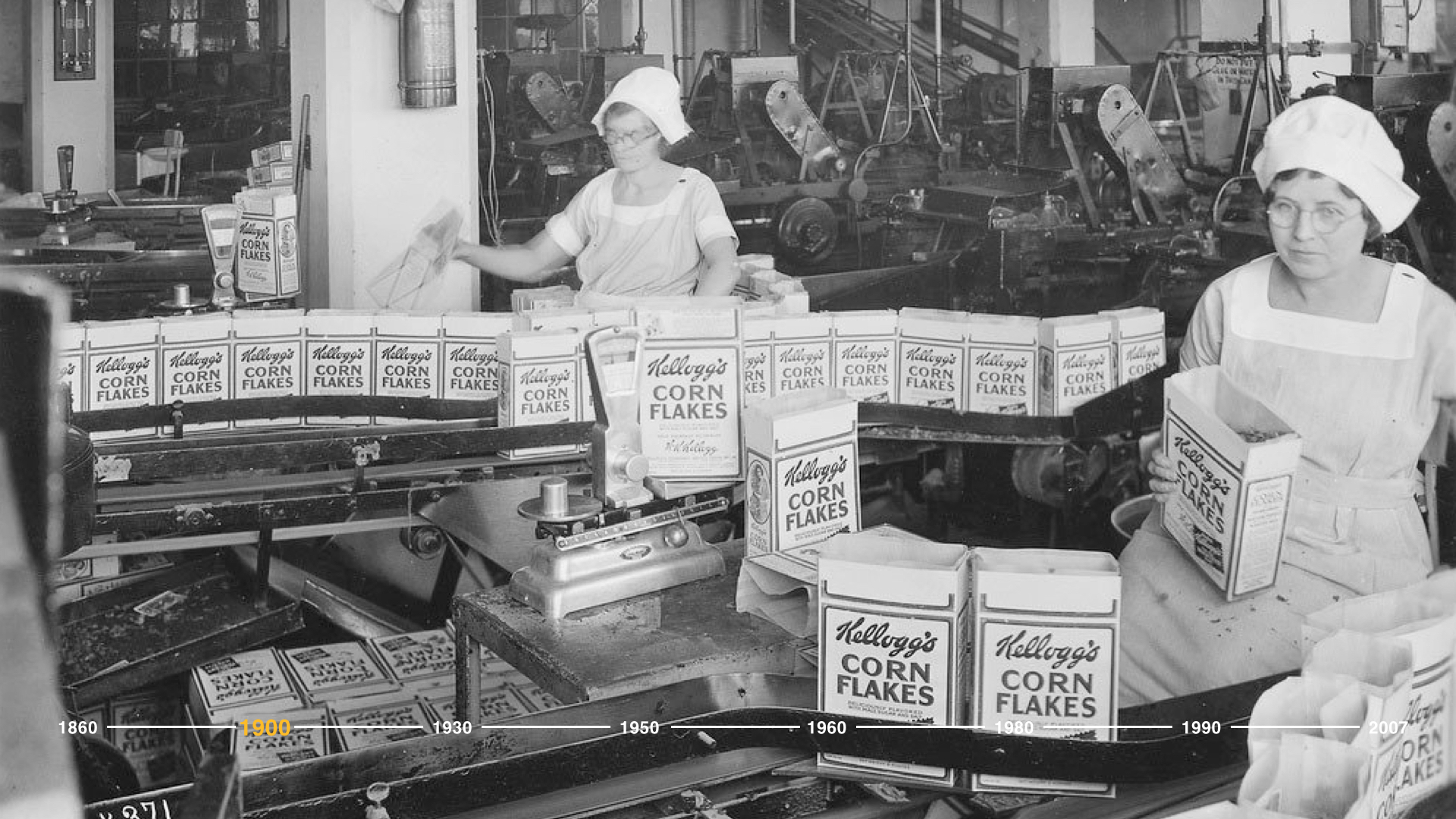
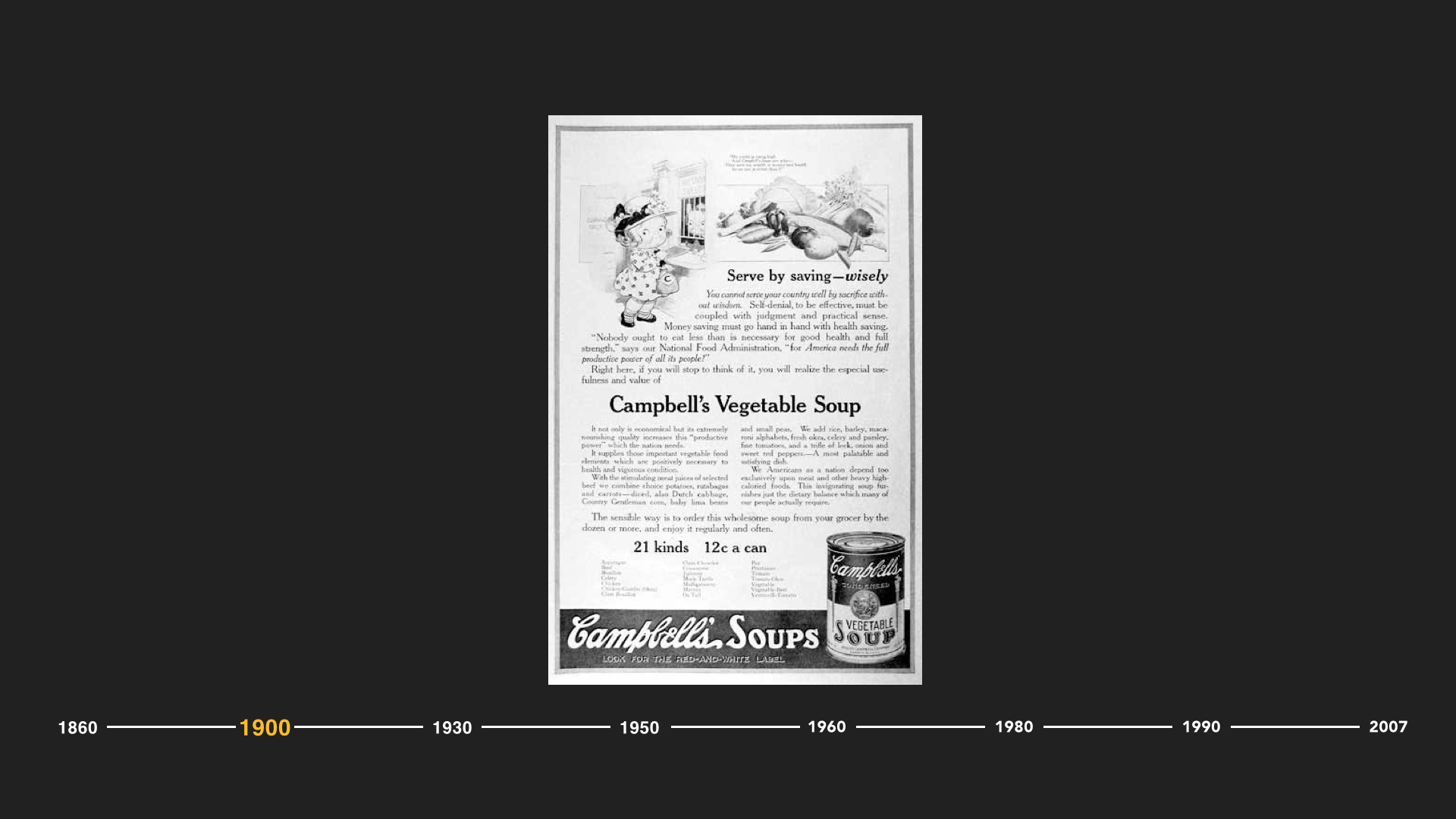
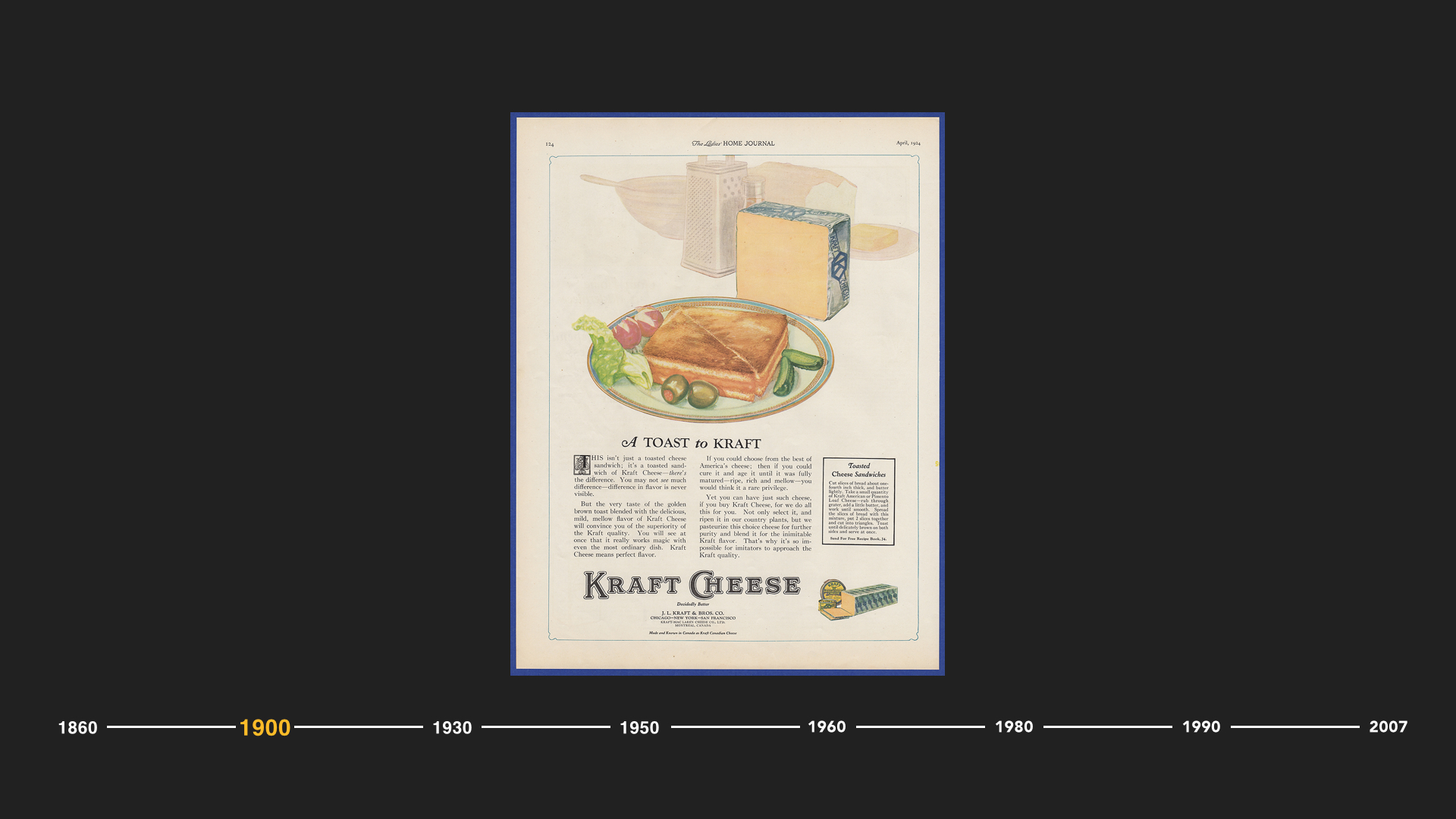

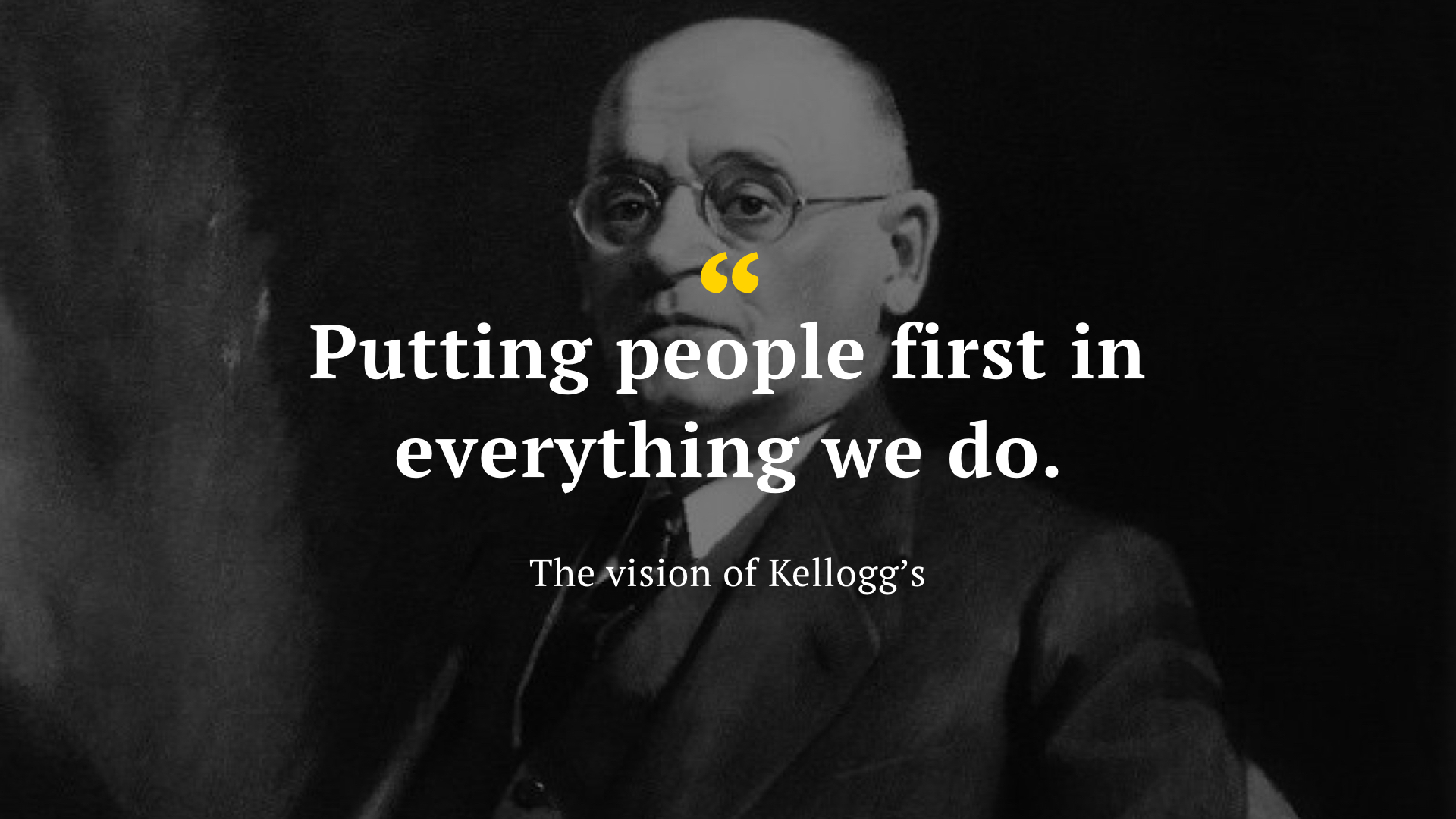
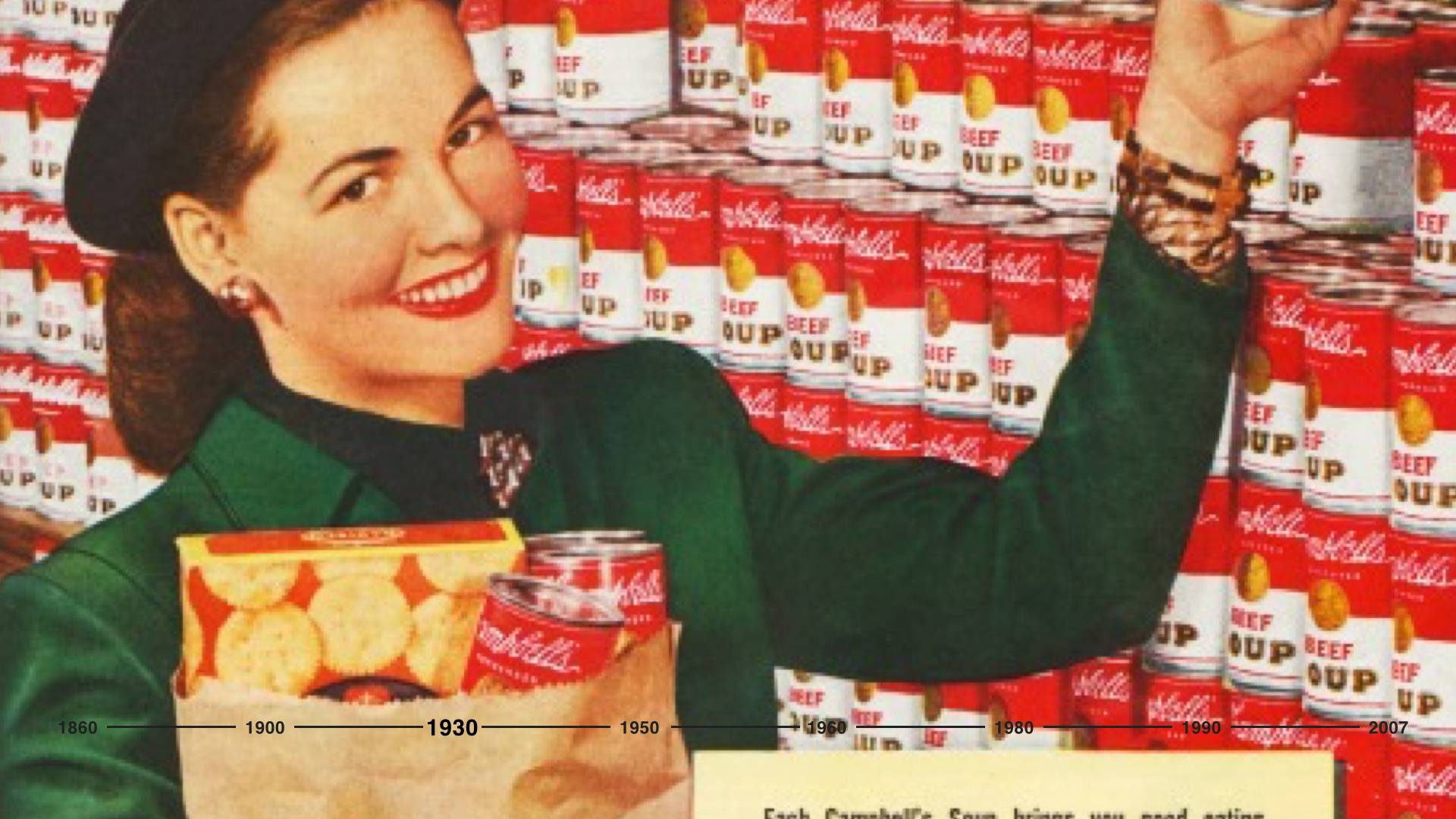
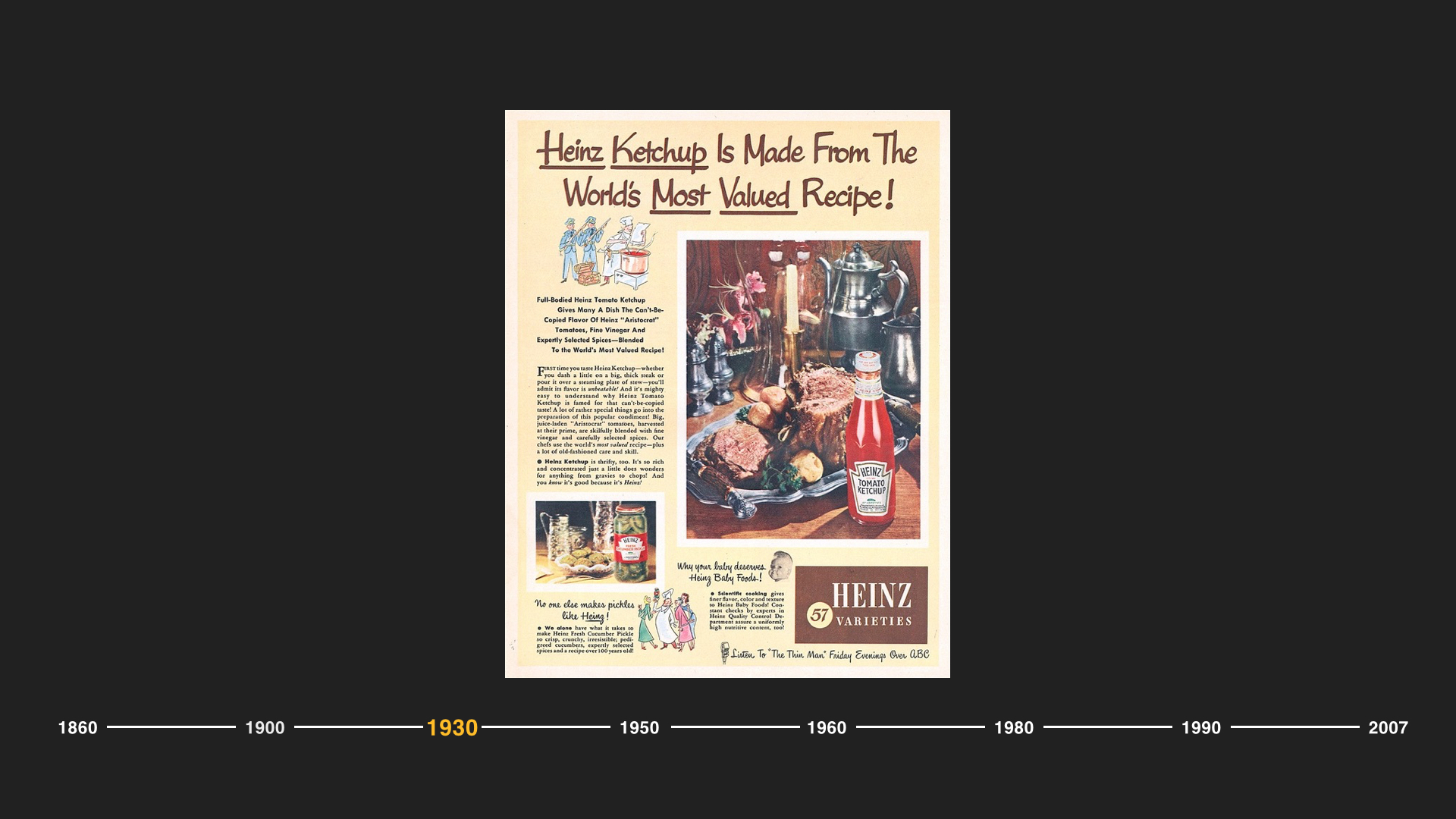


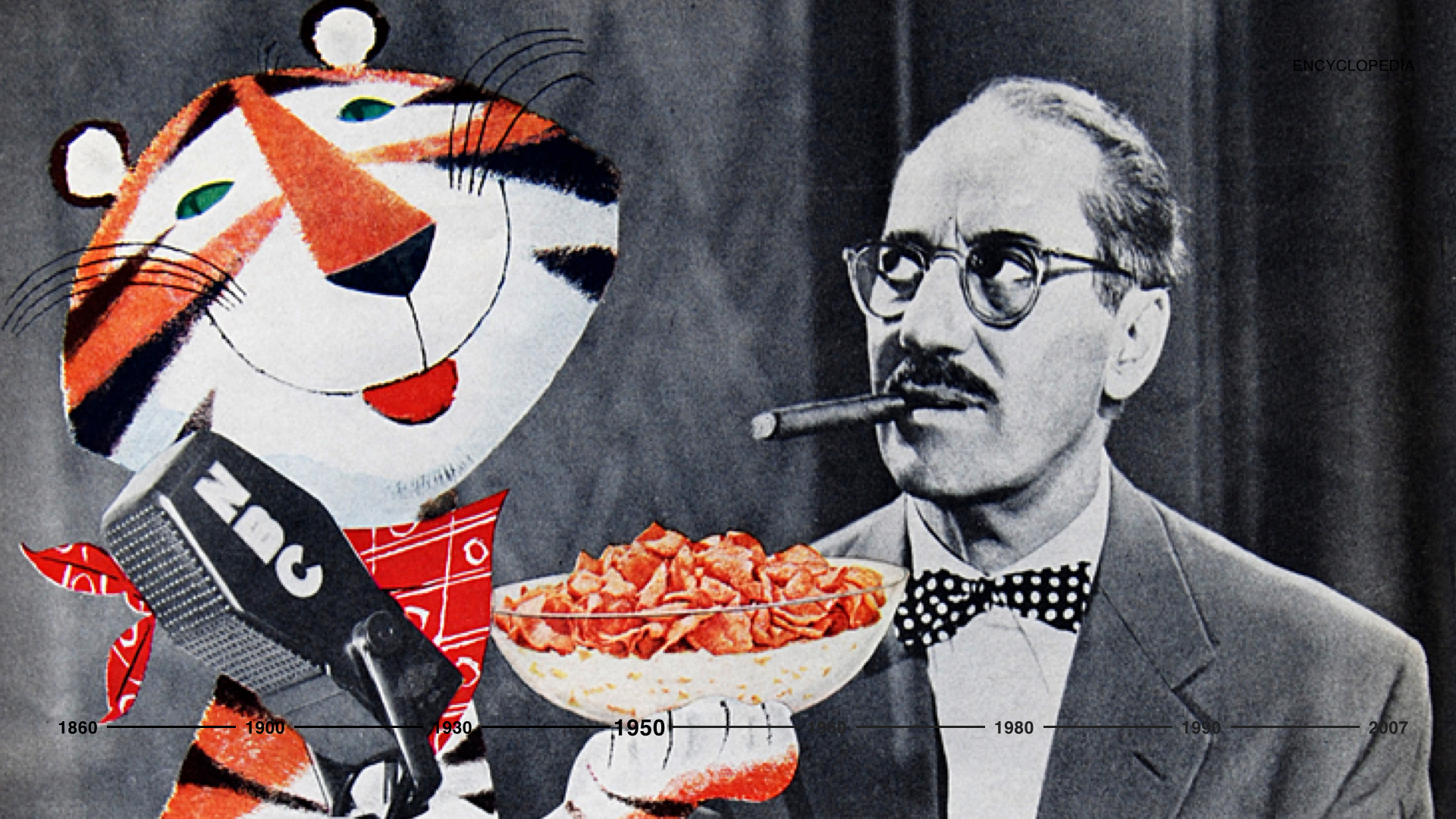
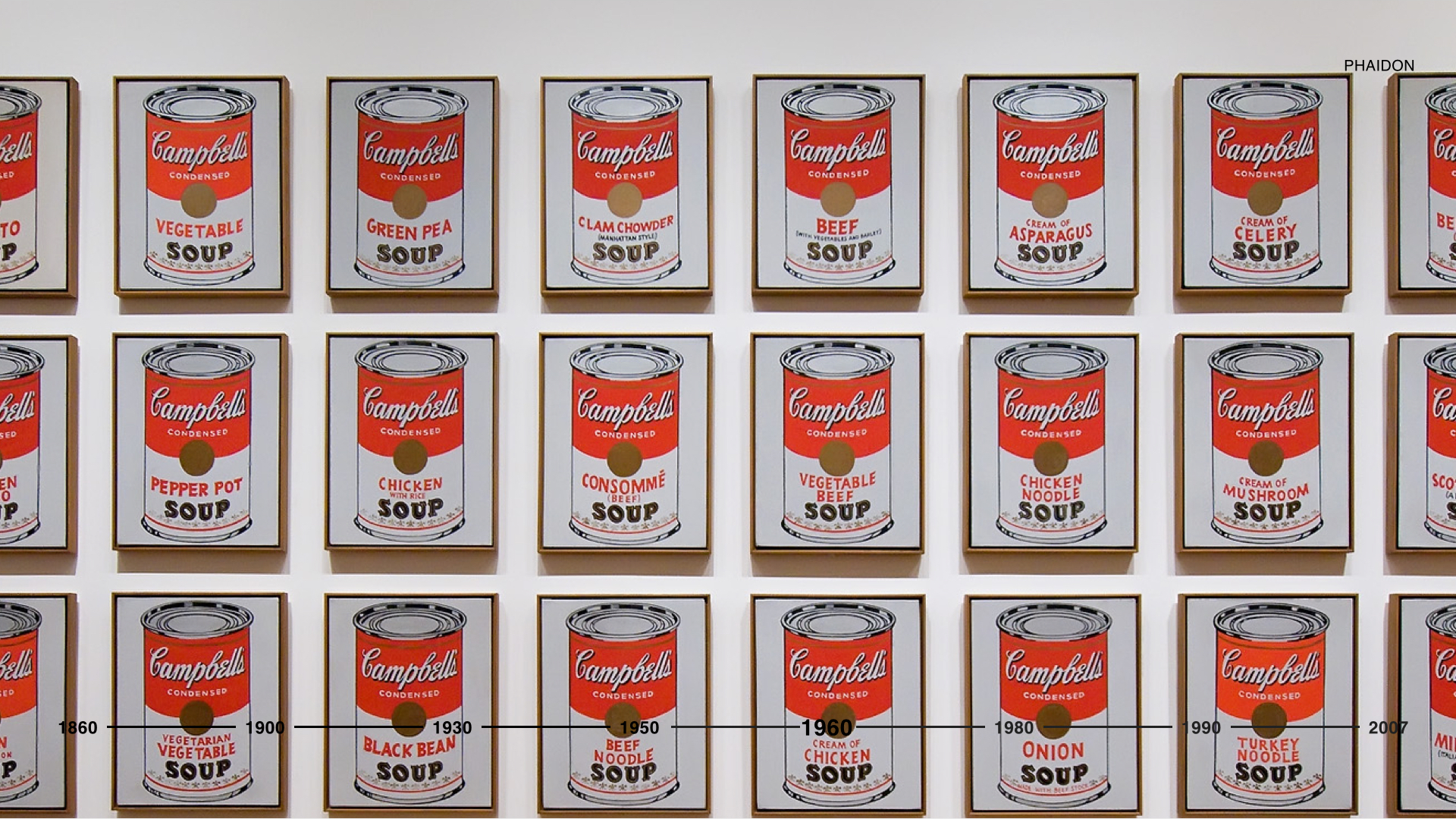
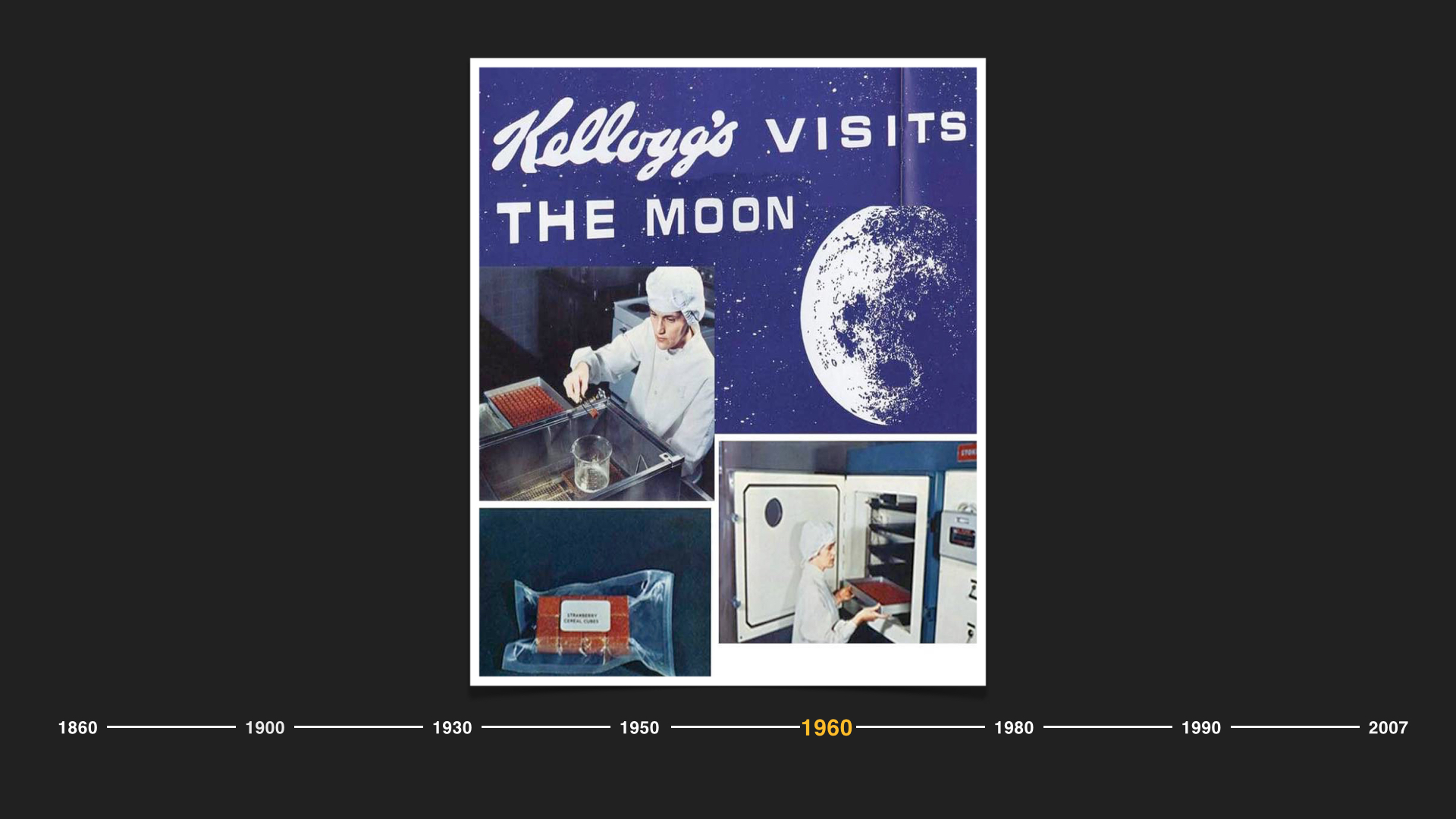
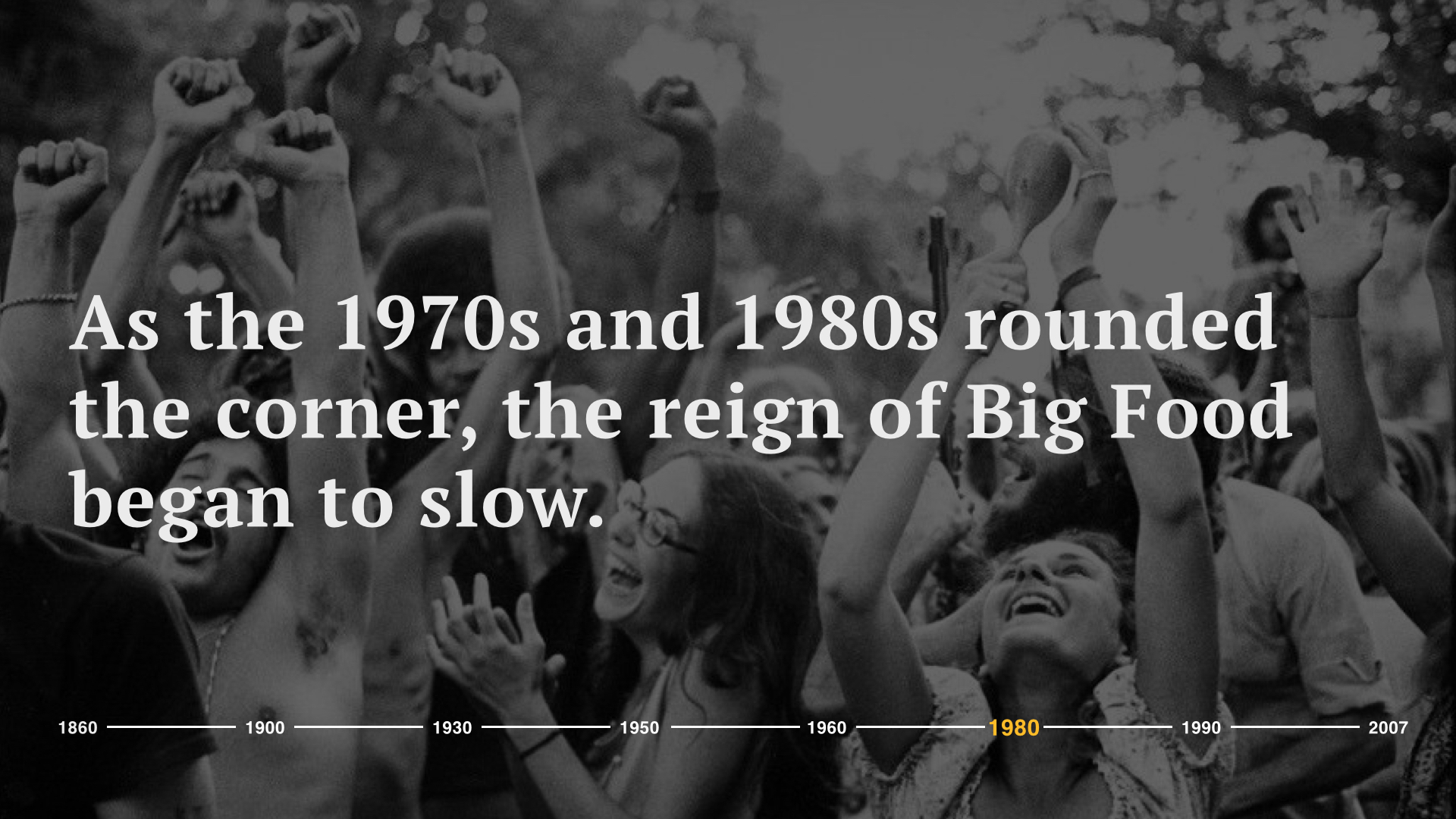
Enter the decline of Big Food and the rise of the farm-to-table movement.
Hippie preferences began extending into formal food structures and pioneers like Alice Waters came to rise.
In 1971, Alice, a champion of local, sustainable agriculture, opened the legendary Chez Panisse in San Francisco, California – a restaurant with a focus on ingredients and sustainability. Alice shifted the conversation where a rise in local relationships came in direct opposition of the Big Food brands.
And in the 1980s we saw a turning point.
Not only had figures such as Martha Stewart joined the cultural conversation with her shift from housekeeping to home keeping in a time where industrialization and urban living were on the rise, but food, nutrients, and numbers became fused in the American consciousness when the first Dietary Guidelines for Americans were published.
America's food consumption became dramatically altered.
The steady growth of the farmers markets in the US, is a proof that the farm-to-table movement was not a passing trend. This led to a rise of consumers that were increasingly conscious of their food choices.
This hyper-aware consumer group became advocate of a new project in 2007
The Non-GMO Project.
It exists to provide verification and labeling for non-genetically modified food products. Their aggressive practices and vehement narrative has played a big part in the way Americans perceive food today.
And with that the Butterfly logo became the most trusted, pledged and sought after label for GMO-avoidance.
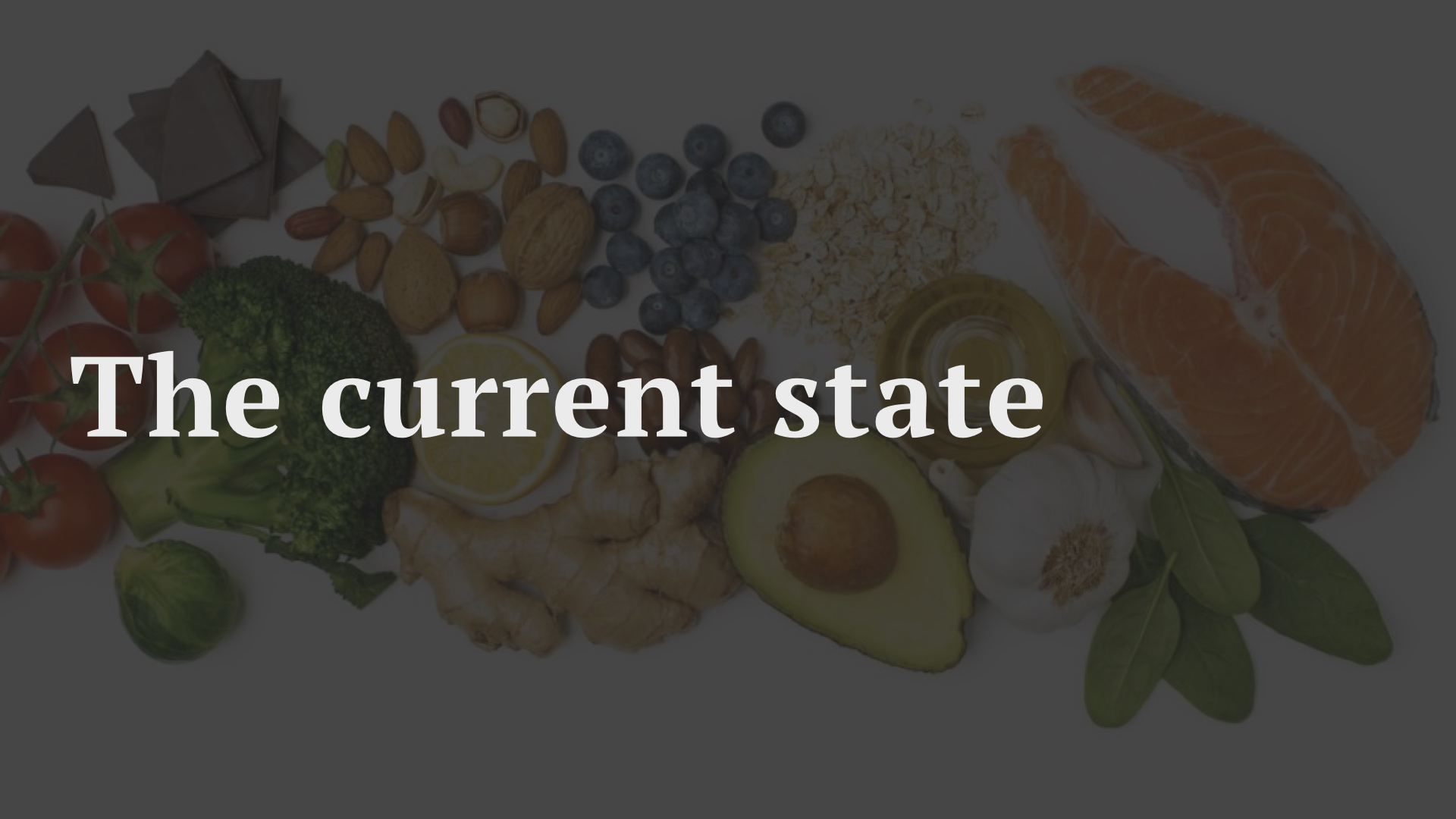


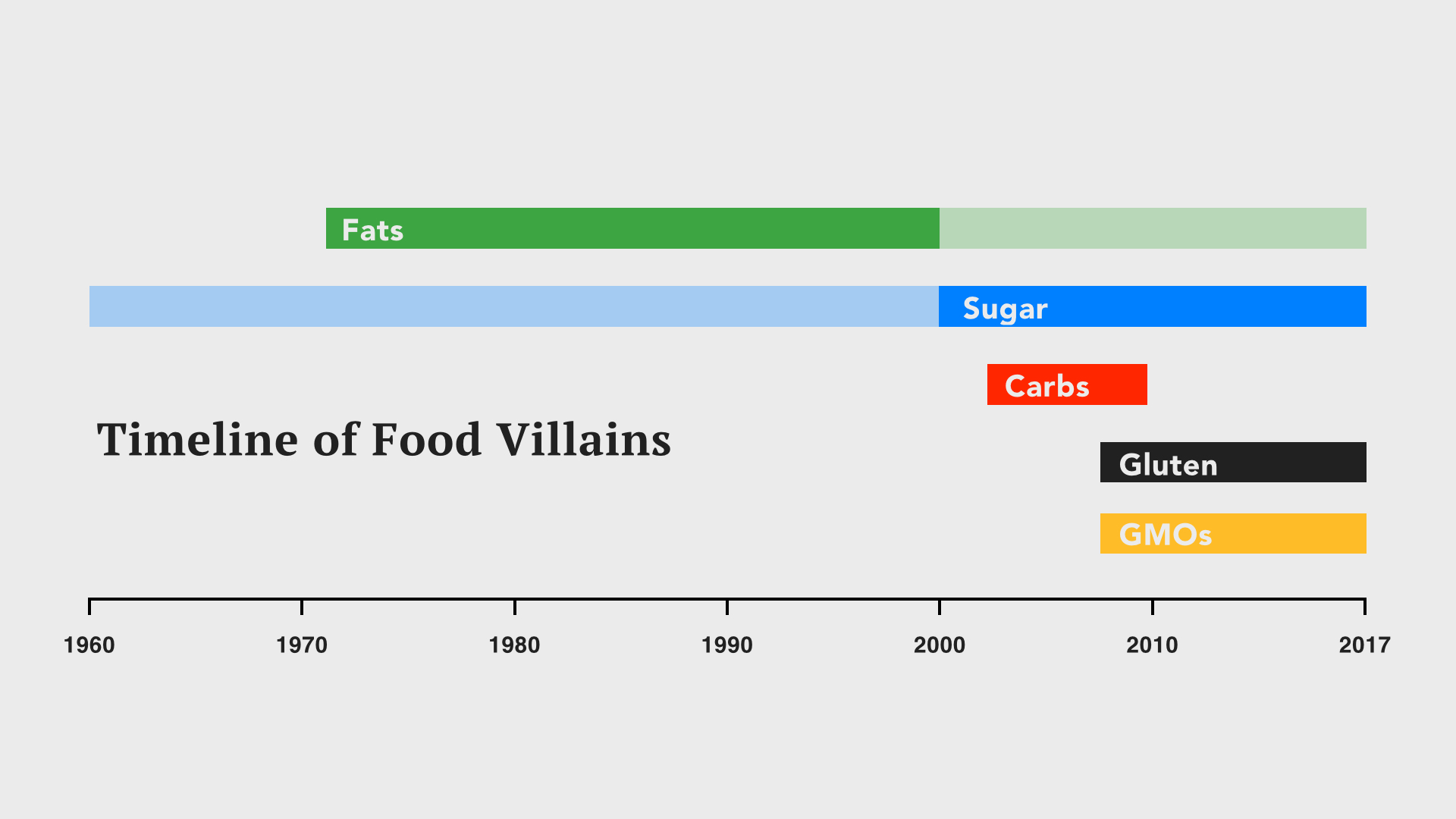
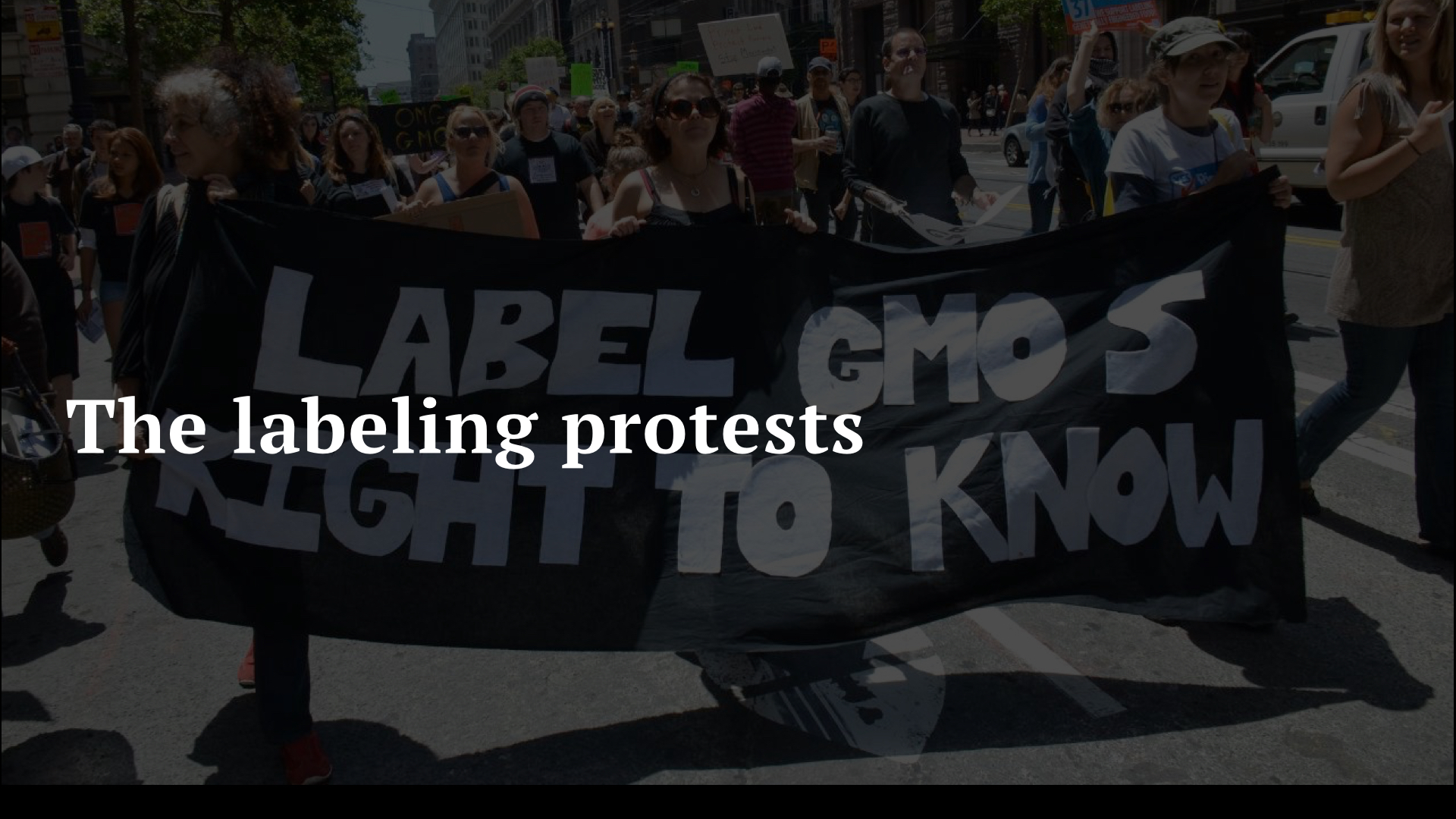
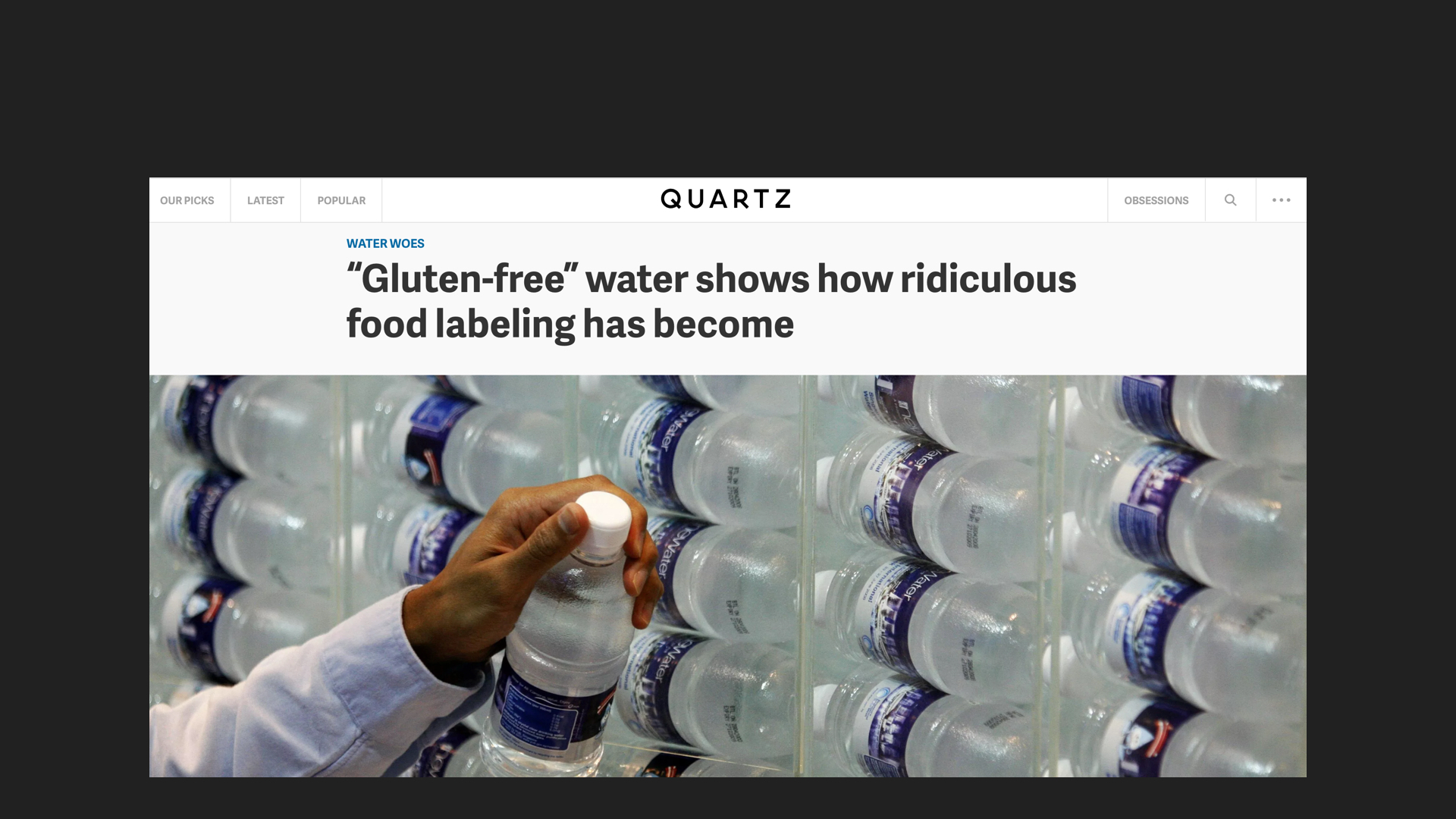
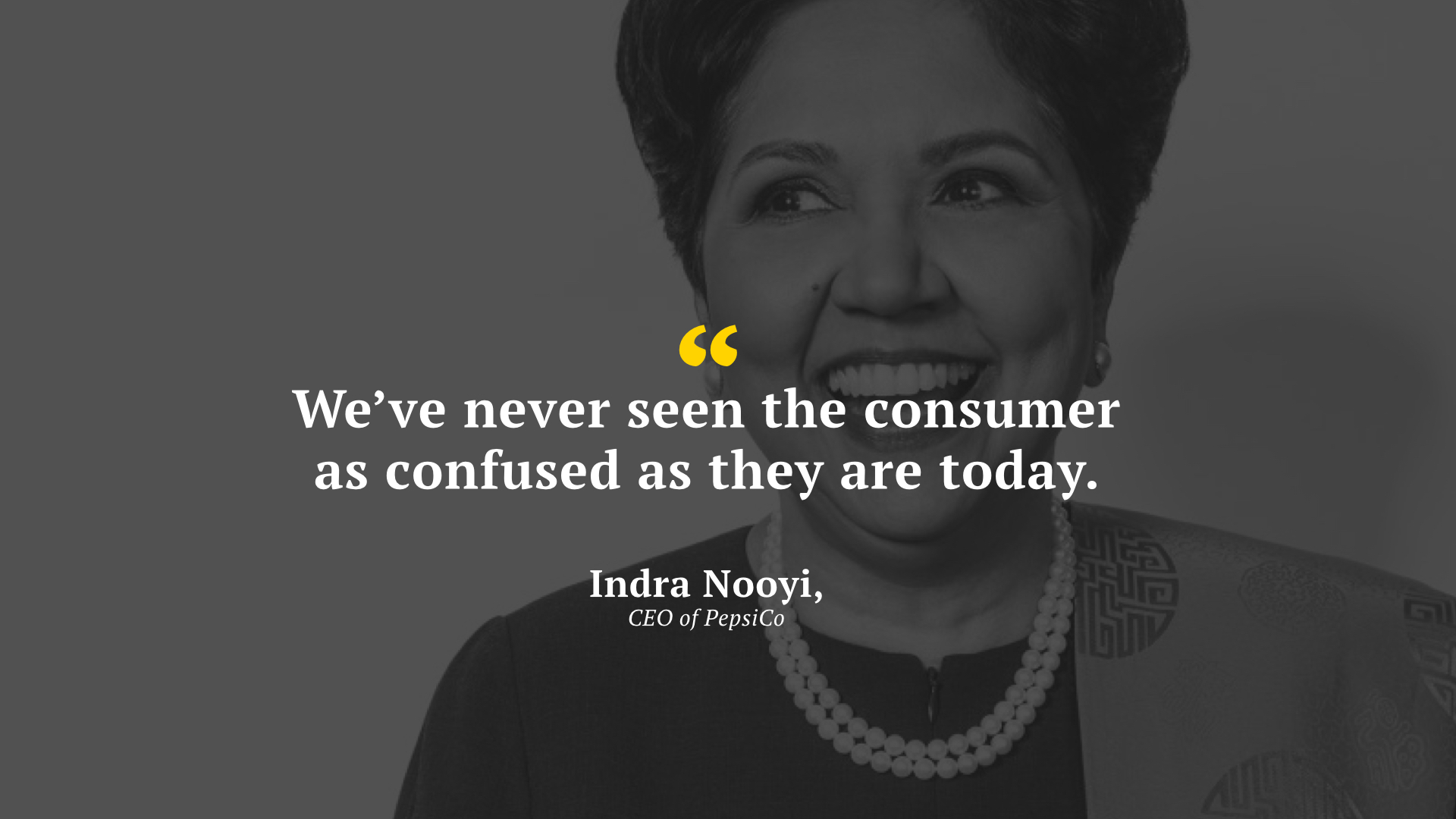

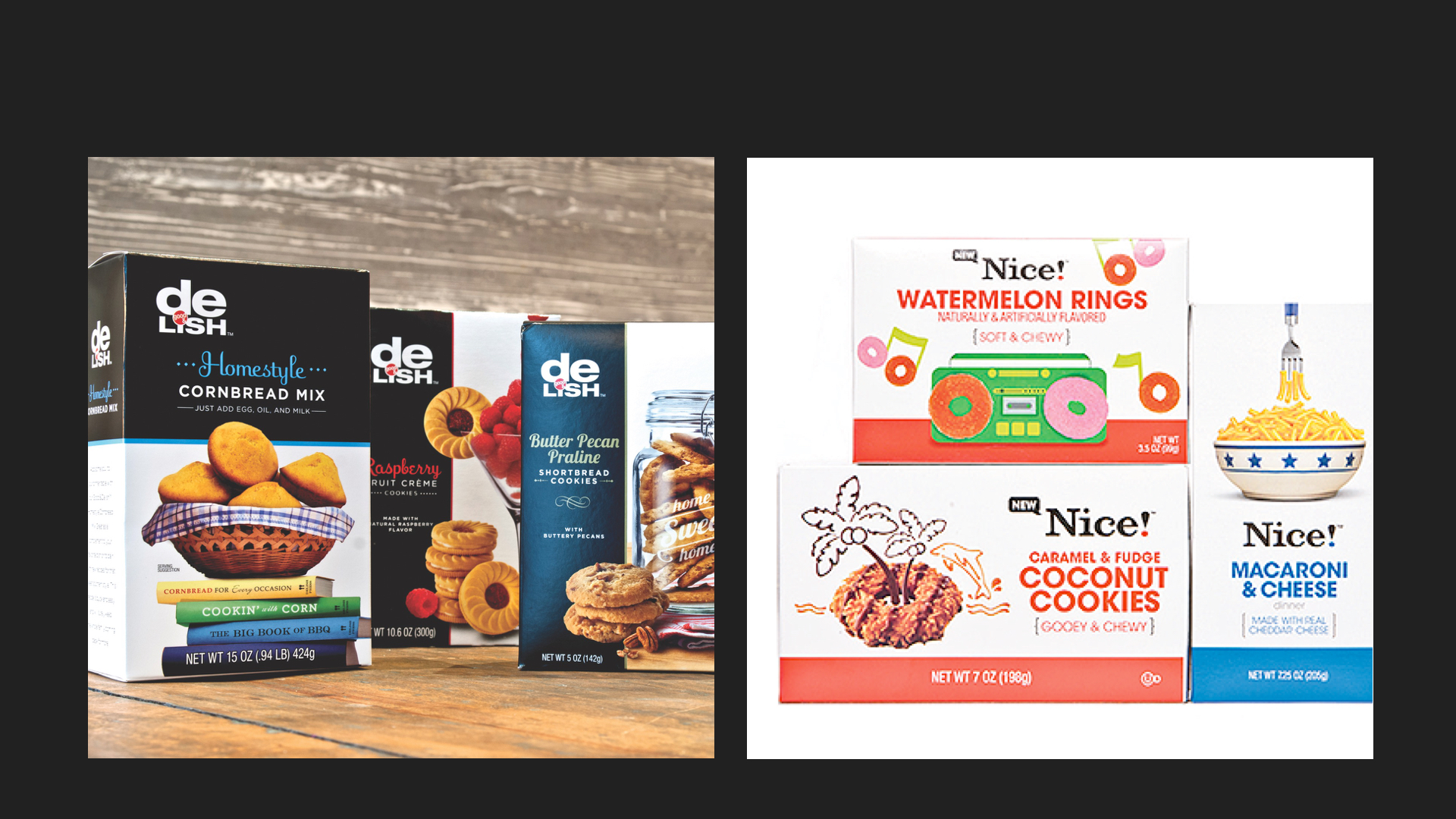

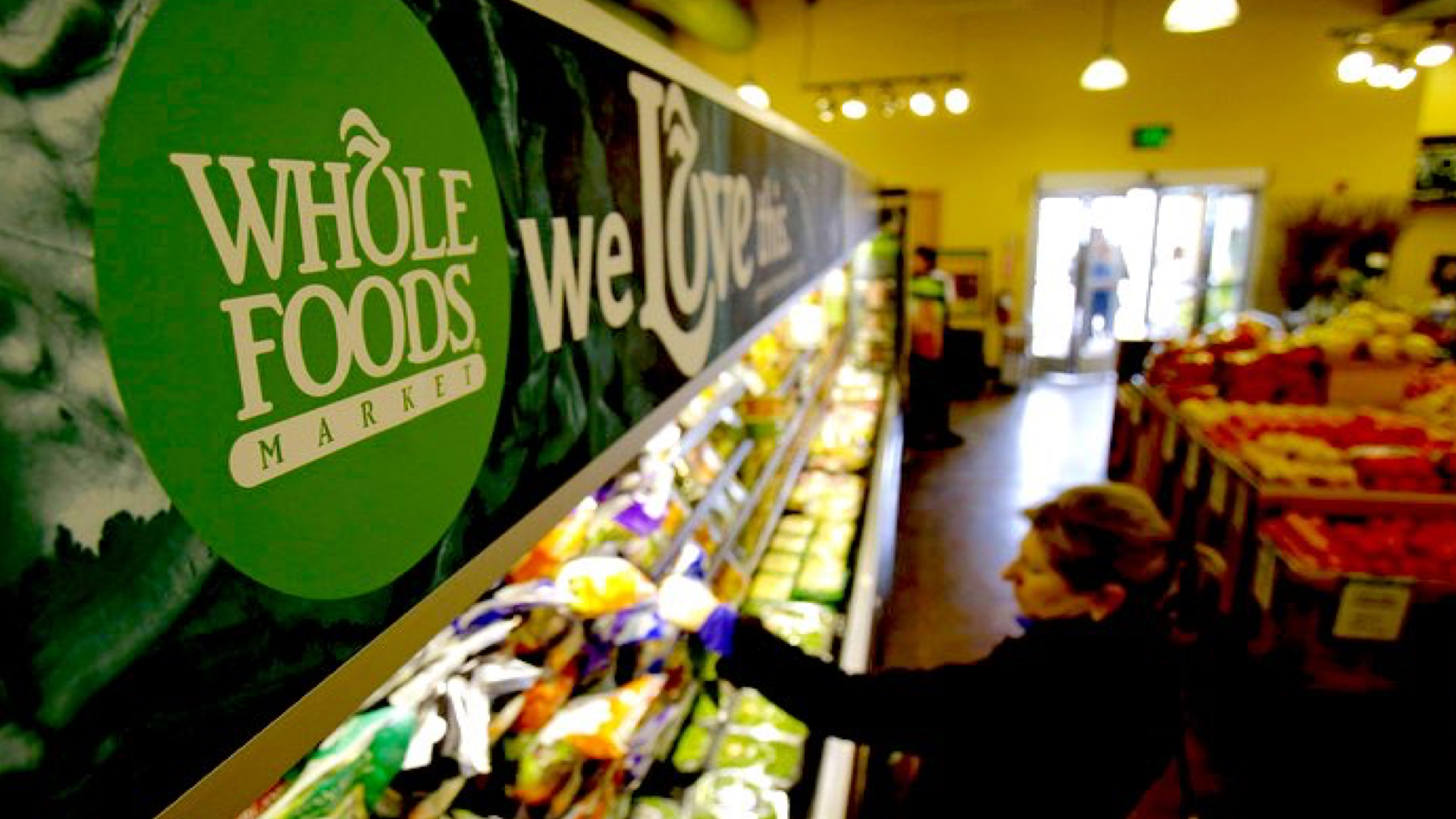
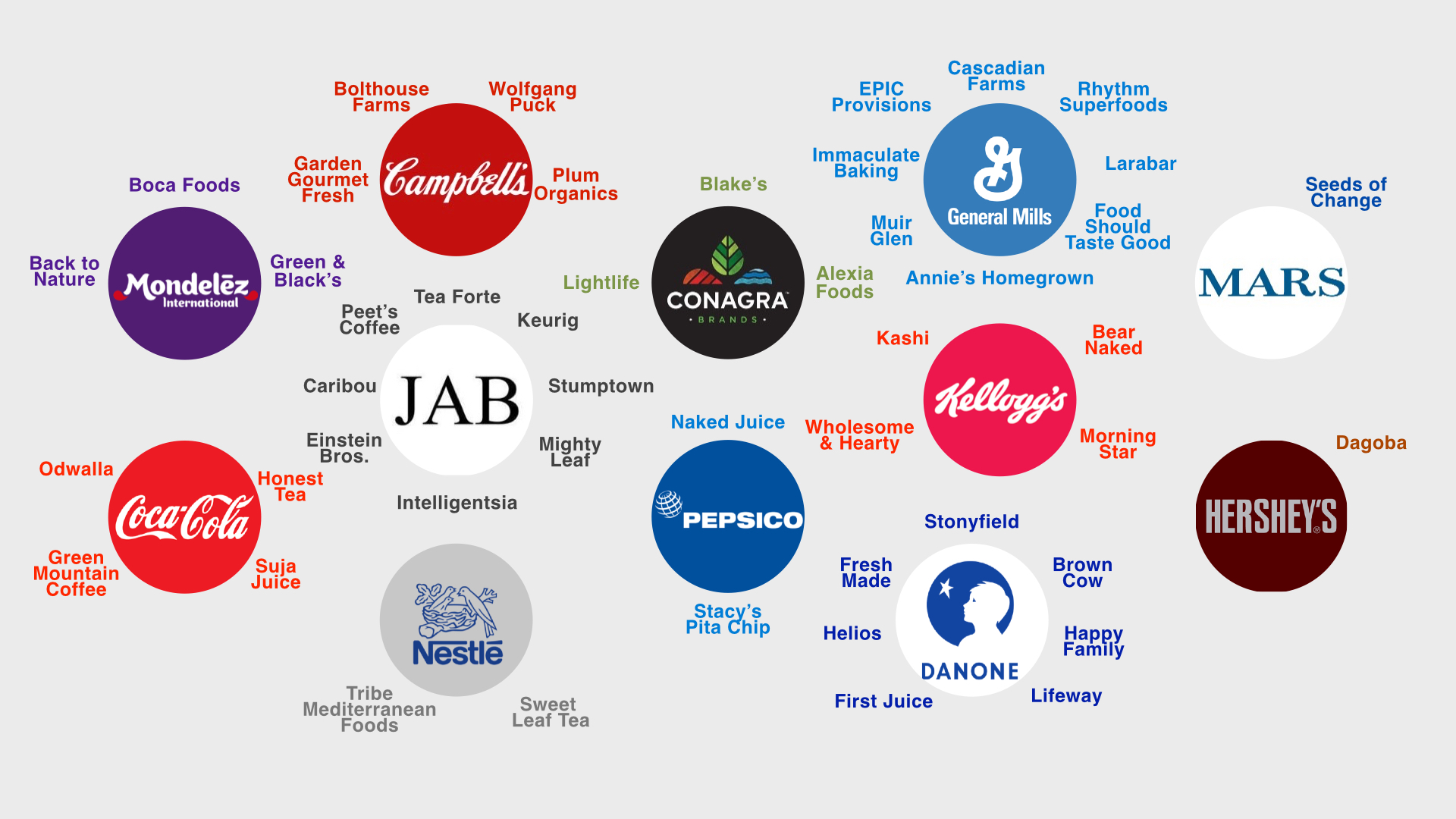
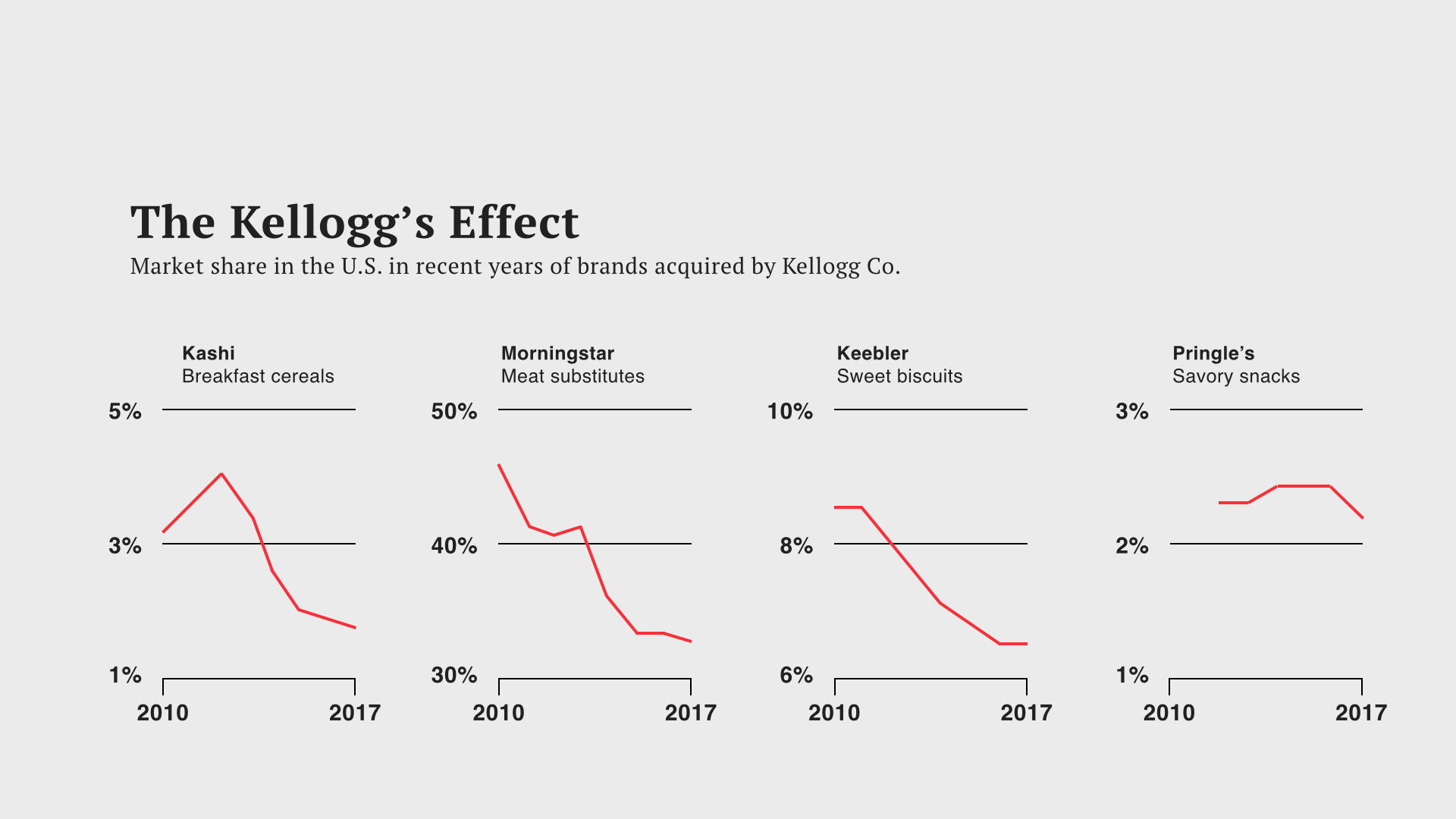
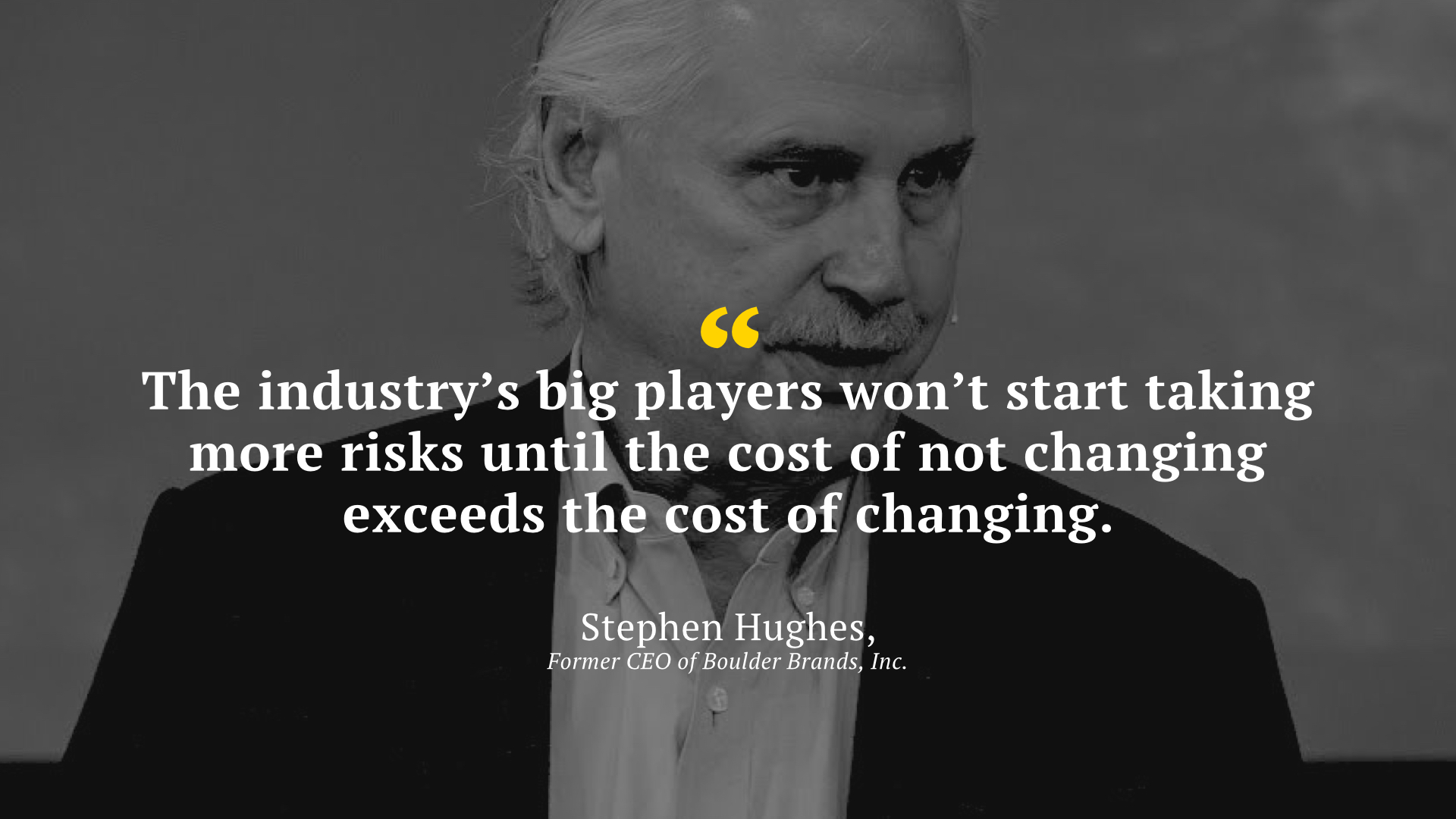
And if these problems weren't enough Big Food has another big challenge. The inevitable changes of the future are going to affect the world.
And, all food is going to be impacted.
With all this challenges, should we save Big Food?
Let’s imagine a world without Big Food.
Millions will lose their jobs
If the Big Food companies disappear millions of people will lose their jobs – a total of 900,000 employees at the top eight big food companies.
Jobs involved in supplying, manufacturing, distribution and retail would face critical impact.
Even advertising agencies that bring the Big Food companies to life will lose their business.
Food prices will spike
There will be a shortage in affordable food, and food prices will spike.
During the global economic Crisis of 2008, average prices for rice, wheat, and corn rose dramatically.
Food choices will be drastically reduced
The 52 million Americans on food stamps will lose choices in what they can eat.
Again, during the 2008 economic decline those on food stamps had trouble feeding their families. And, researchers conclude that food insecurity leaves us vulnerable to illness.
And, food insecurity will ultimately increase.
So it's clear, that we must save Big Food. But, can we save Big Food?
INDEX
PART 2
We Can Save Big Food
Big Potential
Innovation
Accessibility
Trust
Big Food Needs a Big Idea
GMOs
Definition
We Are All GMOs
Genetic Engineering
The History of Genetic Modification in Crops
No Agriculture is Natural
Food We Eat Today
A World Without GMOs
Campaign Against GMOs
Organic vs GMOs
Are GMOs safe to eat?
Popular Belief vs Reality
GMOs: A Radioactive Term
Genetics and Culture
Know Your Food
Big Food’s Big Power
Campaign
Big Food Alliance
Summary
PART 2
We Can Save Big Food
We believe, Big Food has big potential to affect positive change in the world.
It can help build a world, where innovation, accessibility and trust can once again revolutionise the industry.
Innovation
Big Food can leverage technology to create crops that are resistant to temperature variation.
Accessibility
Big Food's expansion in the emerging markets is a big chance to create food accessibility.
Trust
In the hyper-connected world, there lies an opportunity to gain trust by championing food literacy.
To do all this and more…
Big Food Needs a Big Idea
BIG IDEA
Imagine a technology that can save our food from climate change, and feed the growing population while sustaining our planet.
Imagine the very same technology paves the way for more clear, transparent and an open dialogue of our current food system.
This technology already exists.
And we're talking about Genetically Modified Organisms.
Yes, It's that scary thing you avoid every time you shop for food. It has become one of the most toxic terms in culture today. Even within our faculty there was a looming fear of using those letters in our thesis.
The media is full of misleading information about GMOs. And we've come to learn, that consumers worldwide have limited understanding of Genetically modified food products.
And part of the reason why that is, is because the definition of GMOs that is hammered by the media is this:
But the reality is, that the term “GMOs” is a cultural construct. It’s a metaphor we use to talk about a set of ideas
Genetic modification is literally the essential feature of all life on earth. Every GMO ever produced is derived using enzymes and techniques discovered in nature. The movement of genes between different lineages is very common. It is, in fact, a feature of our own, human, genetic makeup.
In theory, we are all "GMOs" as is every organism on Earth.

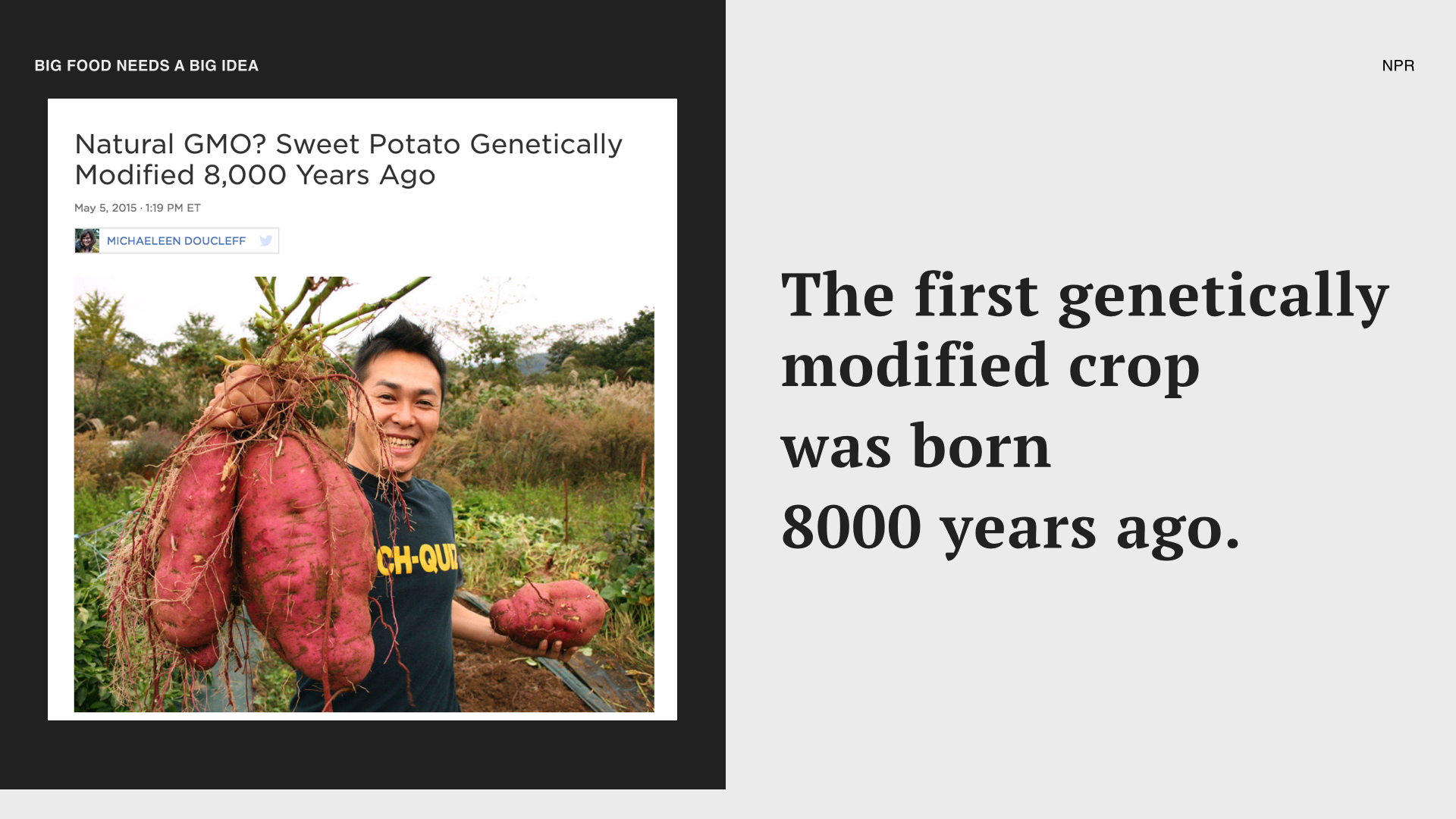
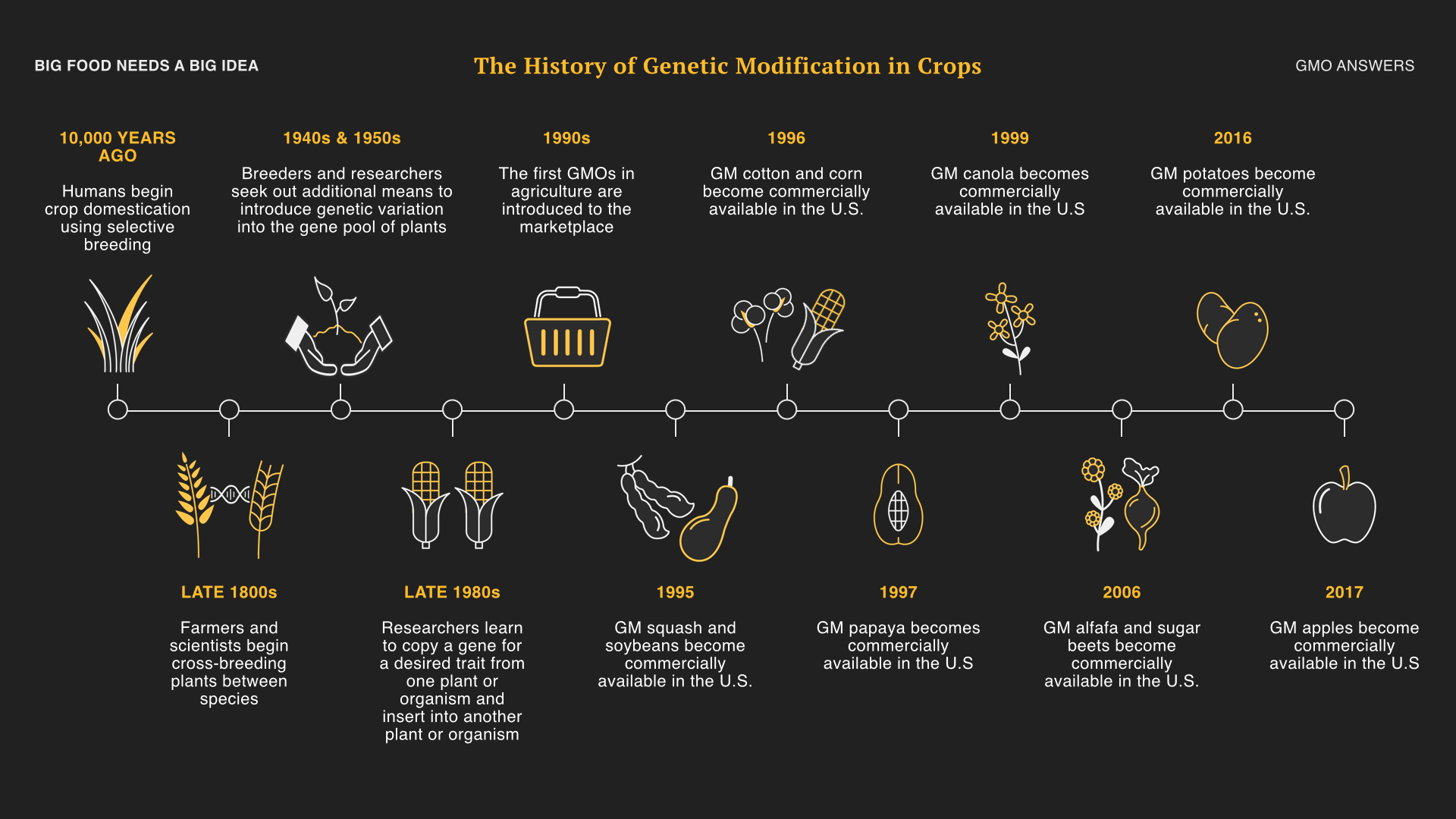
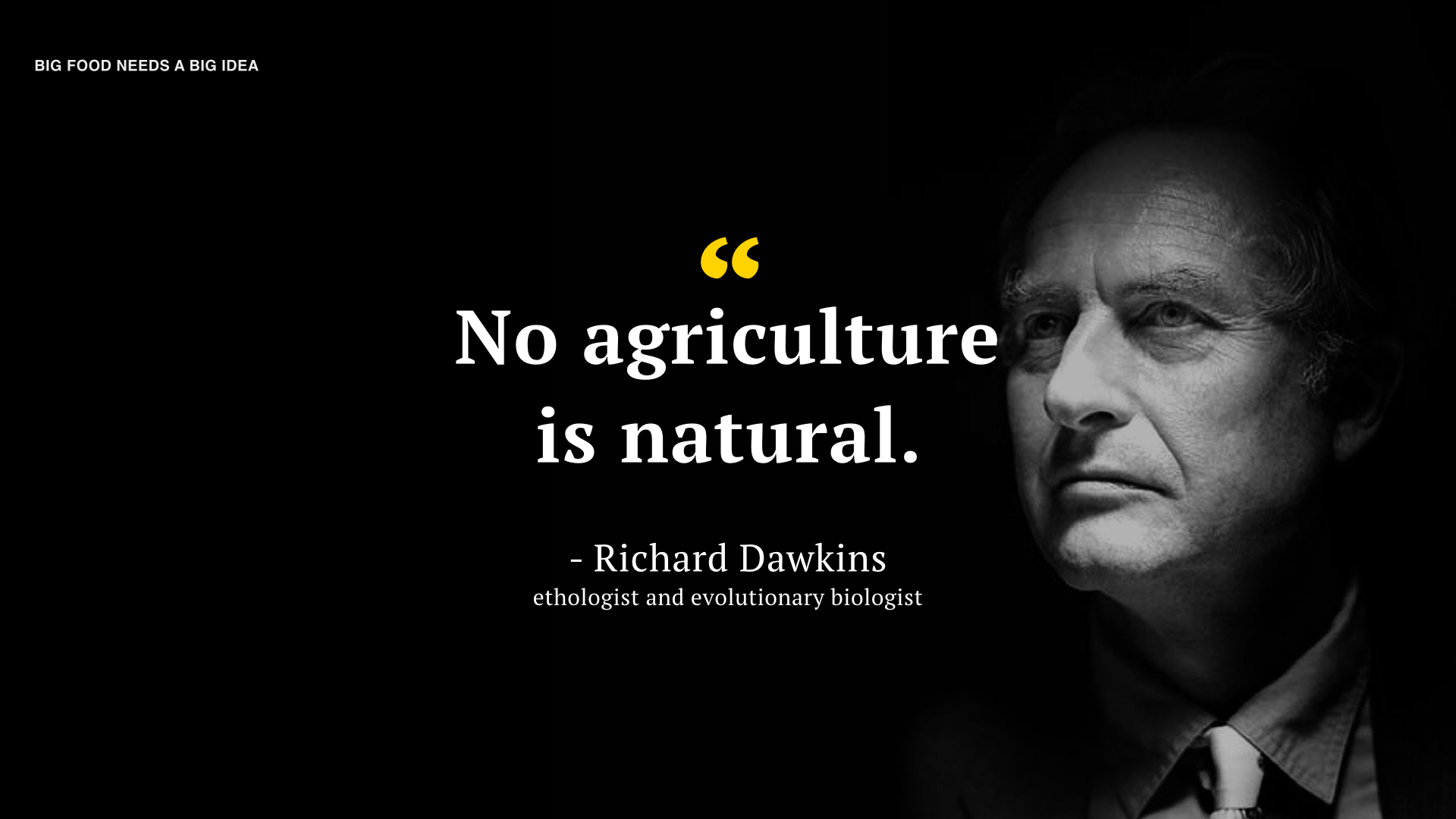

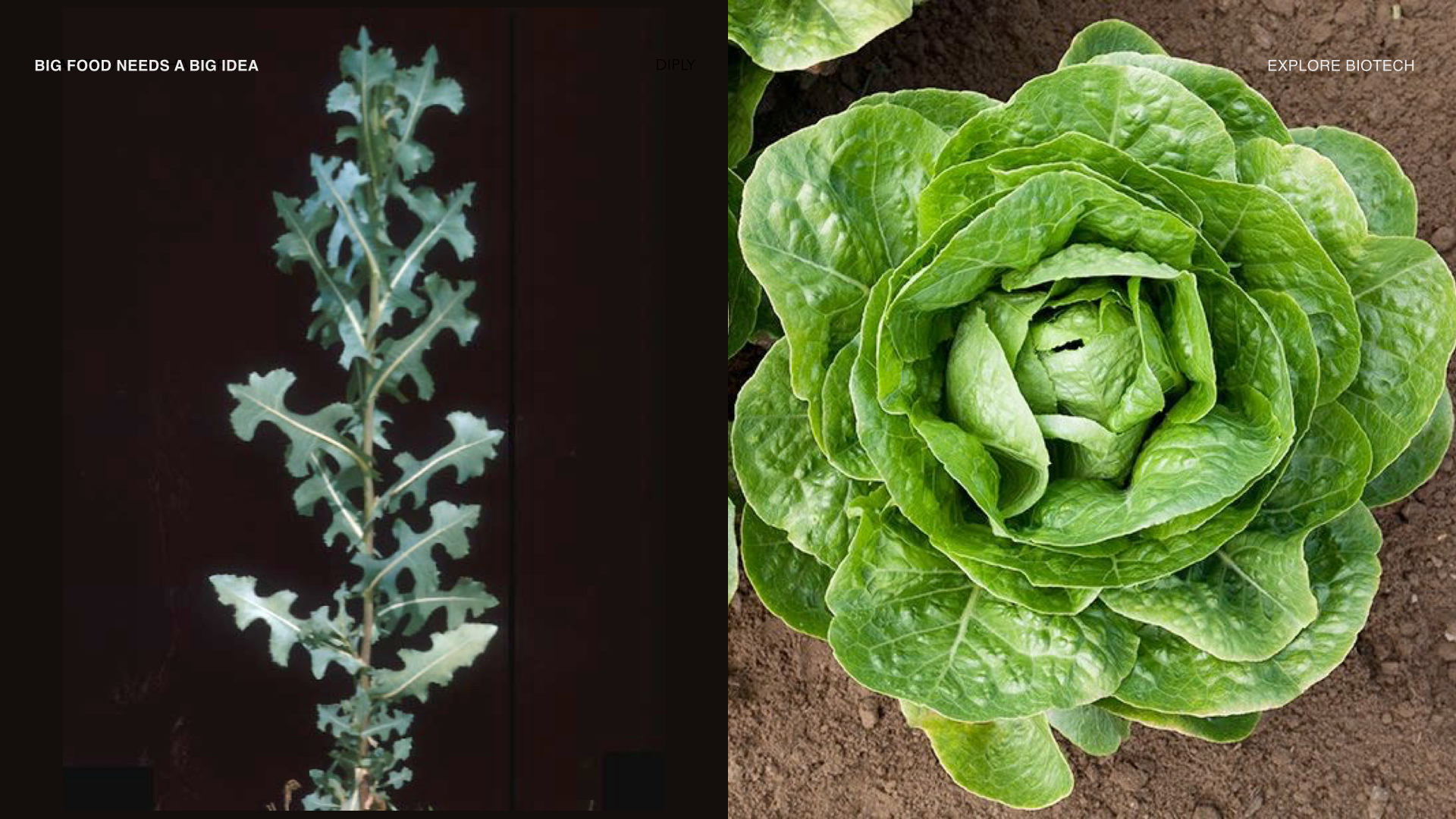
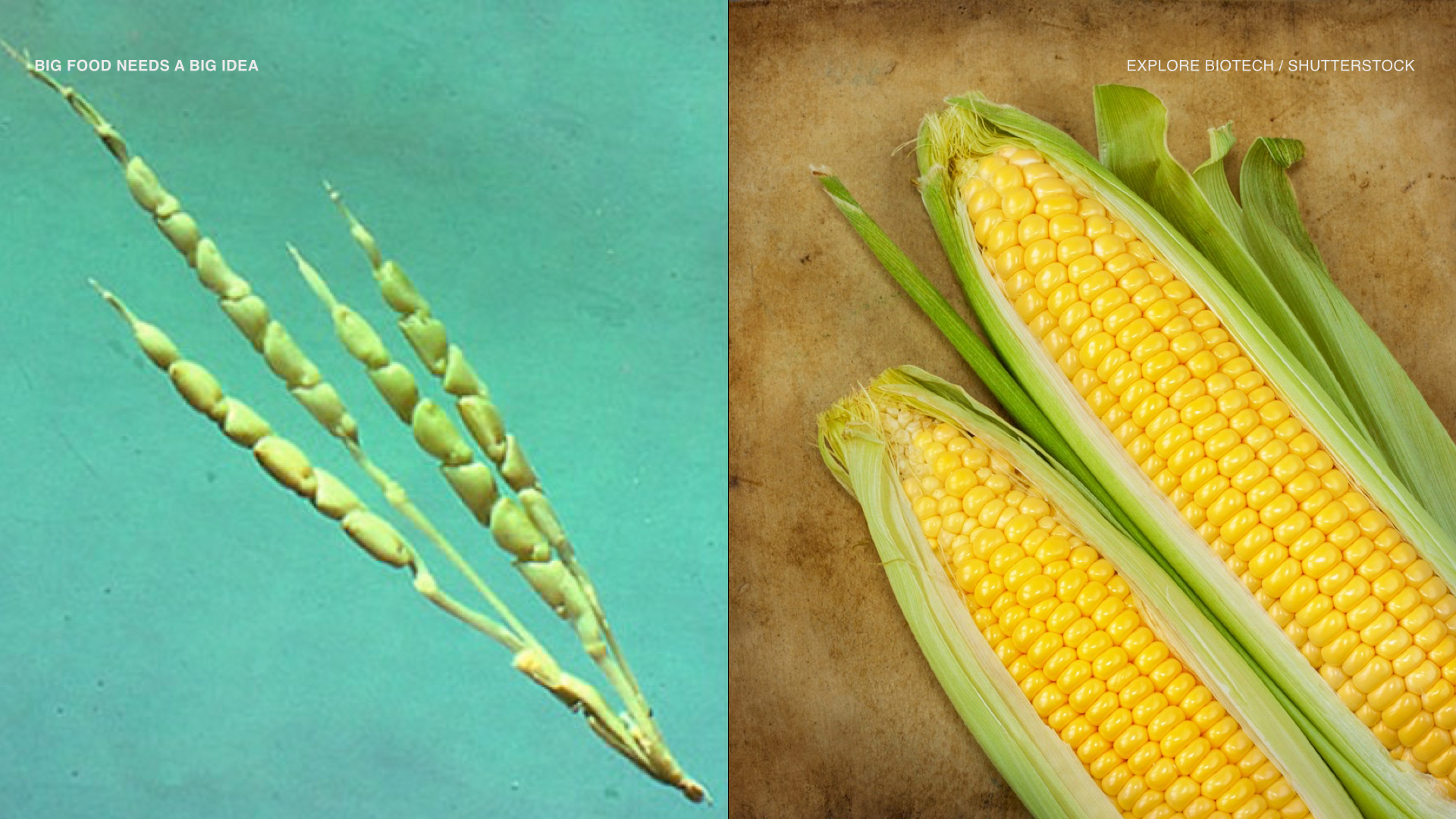

In 2016, 134 Nobel Laureates called upon Greenpeace to abandon their campaign against GMOs and urged the United Nations and the governments of the World to reject it. They believe that banning GMOs is a “crime against humanity”.
In the eyes of the public the primary myth we continue to hear is that Organics are safer than GMOs.
However organic growers are allowed to use certain types of pesticides, while Genetically Modified crops can be engineered to be pest resistant, and therefore could claim to be safer than organics.
Hundreds of safety studies have established that GM crops present no significant safety hazard.
Mike Robach from Cargill, said, we have a very interesting dilemma - we are using science and technology to increase food production, lower costs, actually aid sustainability…. but the problem is it has never really been articulated in a right way to consumers.
Companies have experimented with different terminology such as “ethical crop breeding”, “refactored materials”, “applied biology” and “designing” organisms to make “cultured ingredients.”
People are rejecting genetics in their food.
But at the same time people are using genetics as a way of understanding their past as well as creating products specific to their lifestyle.
For example, 23andme gives a comprehensive understanding of our genetic ancestry. Similar products and services exist using genetics to predict likelihood of breast cancer, to create customized skincare or even the perfect diet. Our study and use of genetics gives understanding of our past and a way to anticipate whats ahead.
This is all happening because people want to know and now genetic research makes that possible.
Our understanding of what the future will bring, is critical not only for the survival of Big Food but also for humanity.
POSITIONING STATEMENT
Know Your Food
We believe Big Food has the power to impact the future of food by creating a responsible, sustainable and a more accessible food system for all.
We recommend their first step will be to champion food literacy by creating a public awareness campaign. This campaign will be called “It’s not what you think”.
CAMPAIGN IDEA
#ItsNotWhatYouThink

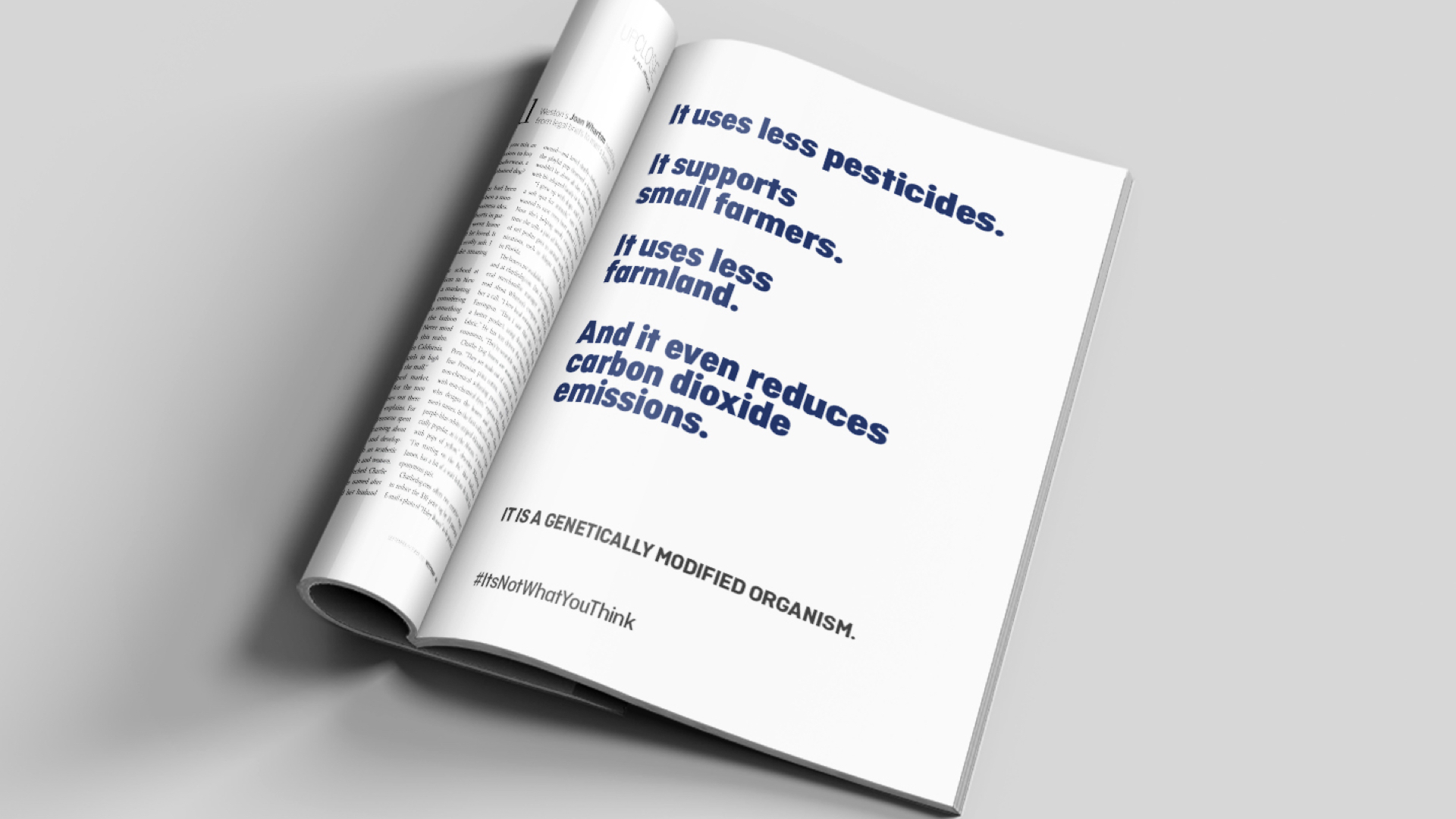
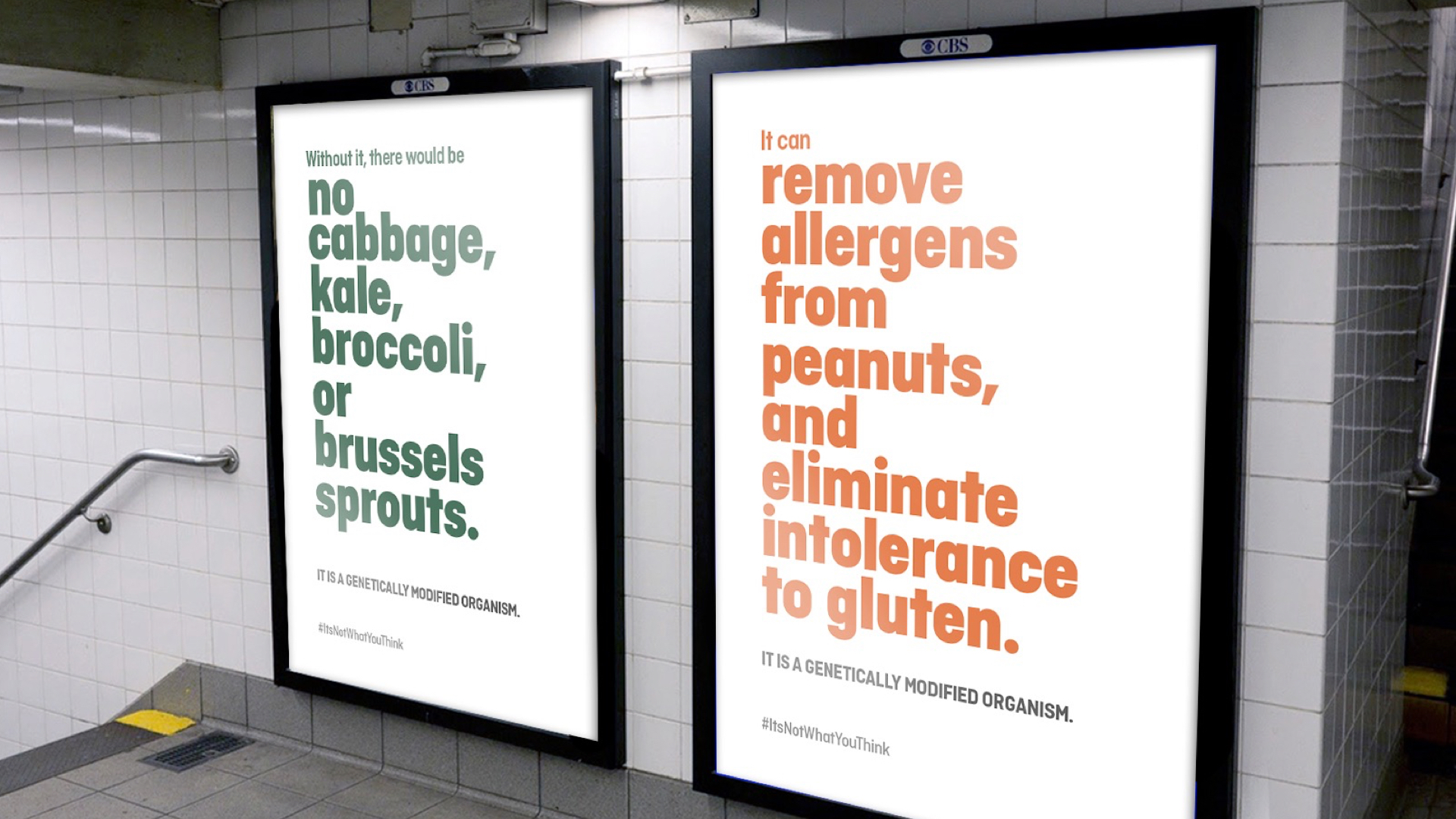
Our second recommendation for Big Food is to create a non-profit organisation to tackle the confusion and distrust that surrounds the industry.
STRATEGIC RECOMMENDATION
Big Food Alliance
Presenting to you ‘Know Your Food’, where we envision day by day a new pledge to be taken.
With the promise to serve the mission of Food Literacy through science, education and radical transparency. A place where Big Food Credos exist, thrive, and are held in the highest regard. Each company will abide by their credo with a signature of pledge by its respective CEO.
It is here that science will be championed, real food will be created for real lives, and breakfast will once again be food for all.
MANIFESTO
Food is an indispensable part of our lives. It is our health, our pleasure, and our choice.
While today may present us with complexity, moments of confusion, or even a yearn for transparency, with education, tomorrow can bring forward clarity.
When we immerse in science we can innovate, redefine standards, and champion a push beyond the expected, to gain truth.
Through questioning the familiar we allow ourselves to think deep, see the potential of science and technology to make brave decisions, and advocate for a larger responsibility.
It is time.
It is time to move from a lack of understanding and fear, to masters in the food we eat. It is time to ask for more, a more responsible, sustainable future that provides a return to what all of us need and share.
Together, we can solve beyond what is small to accomplish the big.
We can reach what is radical.
We can ultimately know our food.
SUMMARY
Genetic modification is essential to all life on earth. It runs through our system, our body, and our veins.
For it is when humans and technology cross paths, that we foster a progression of life – where we can grow and advance for the better.
GMOs are evolution.
CORE TEAM
Jae Young Kim, Kristina Ermolenko, Surabhi Rathi and Jess Spataro.
THESIS ADVISORS
Debbie Millman, Richard Shear, Kenna Kay, Shelli Decker, Sarah Schmitz, Chris O’Rourke and Mike Rigby.












